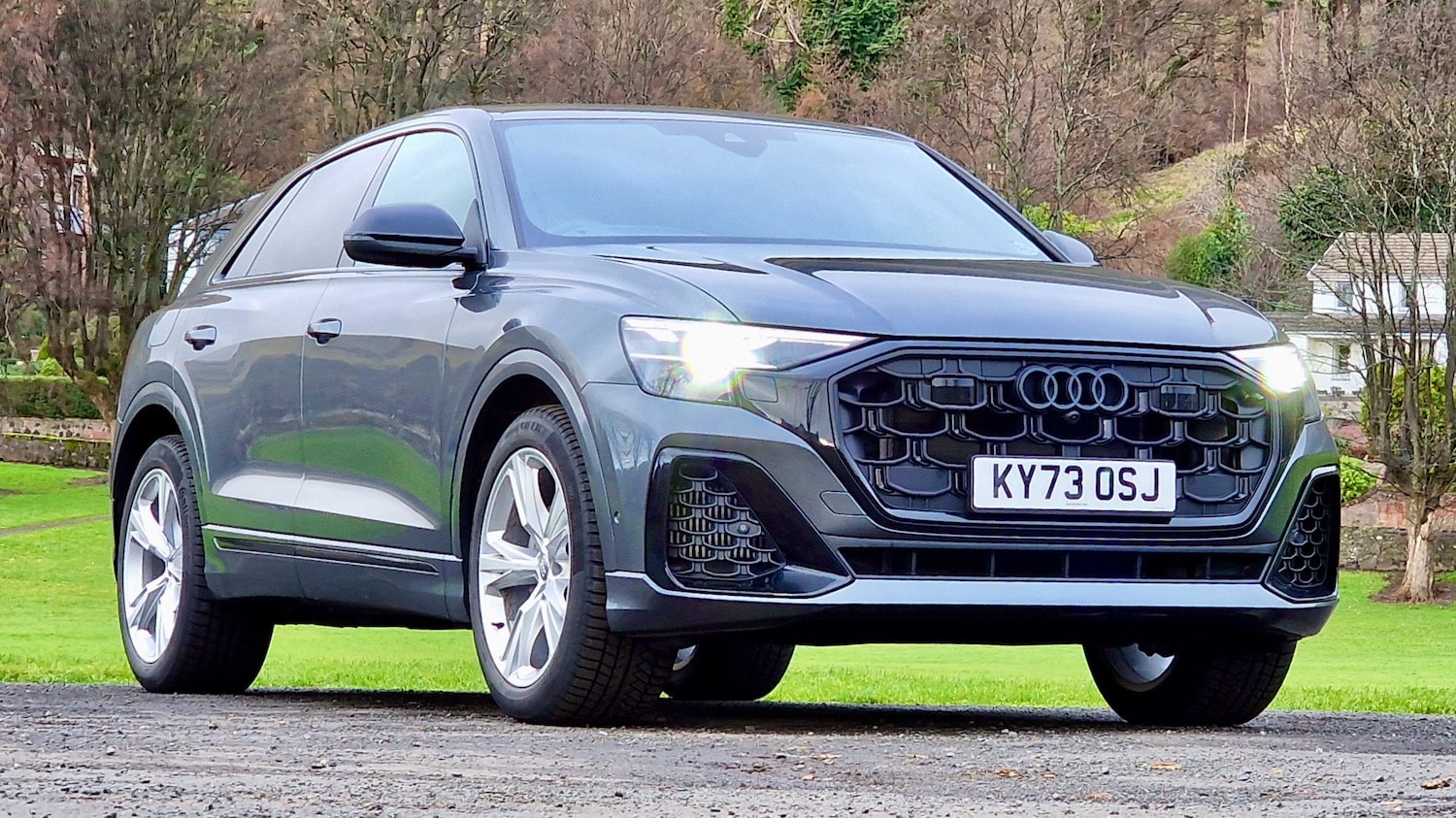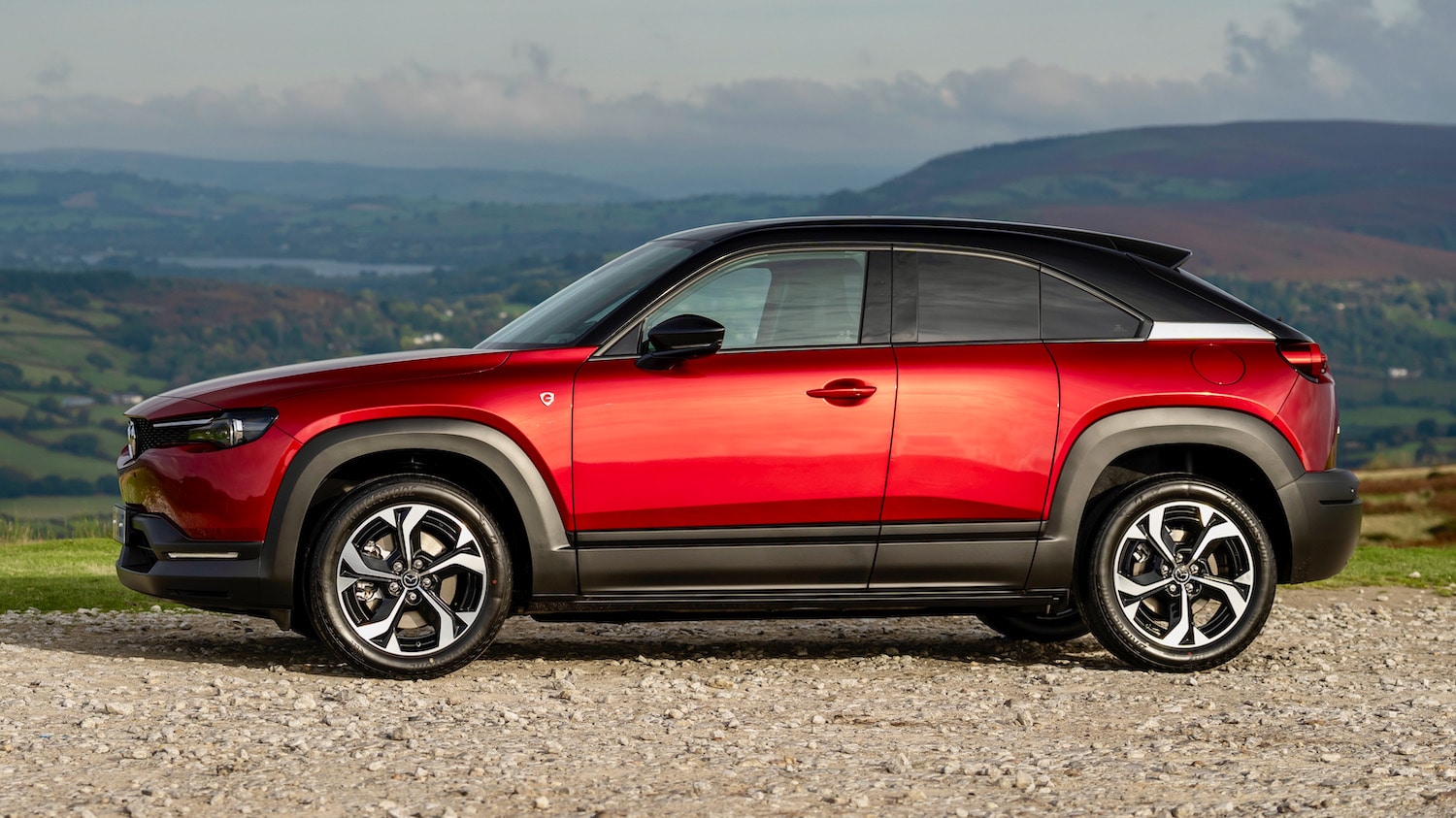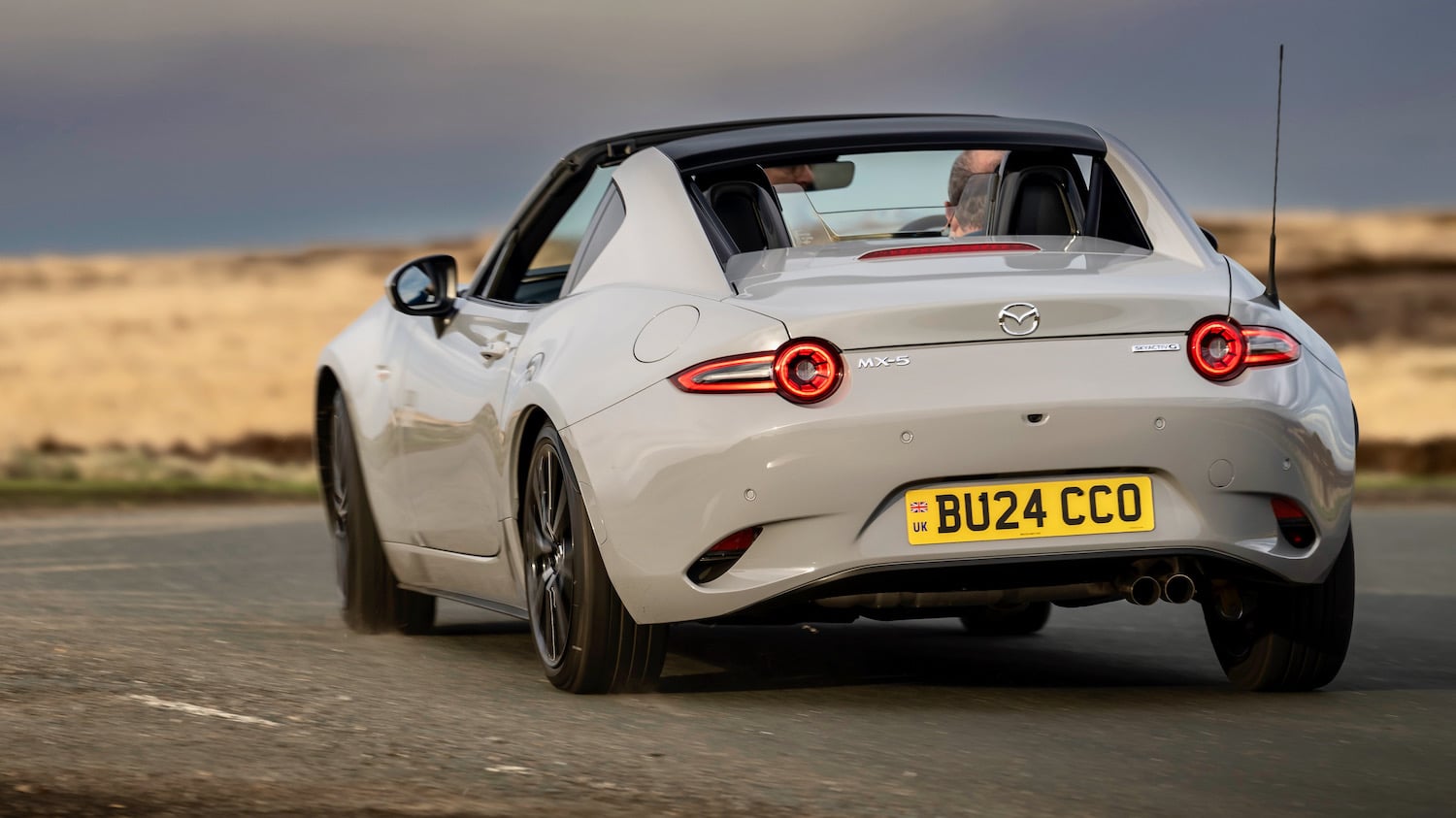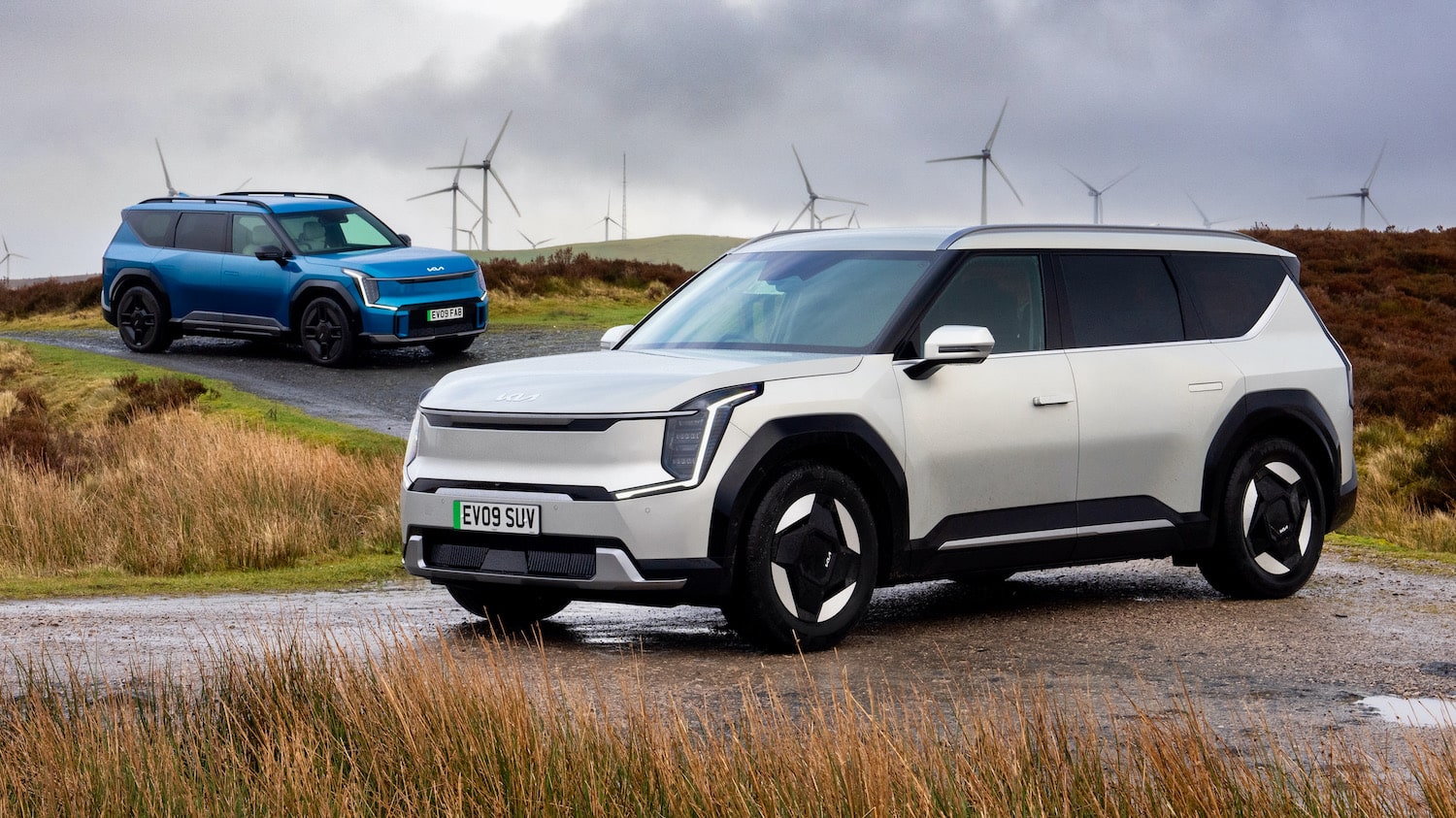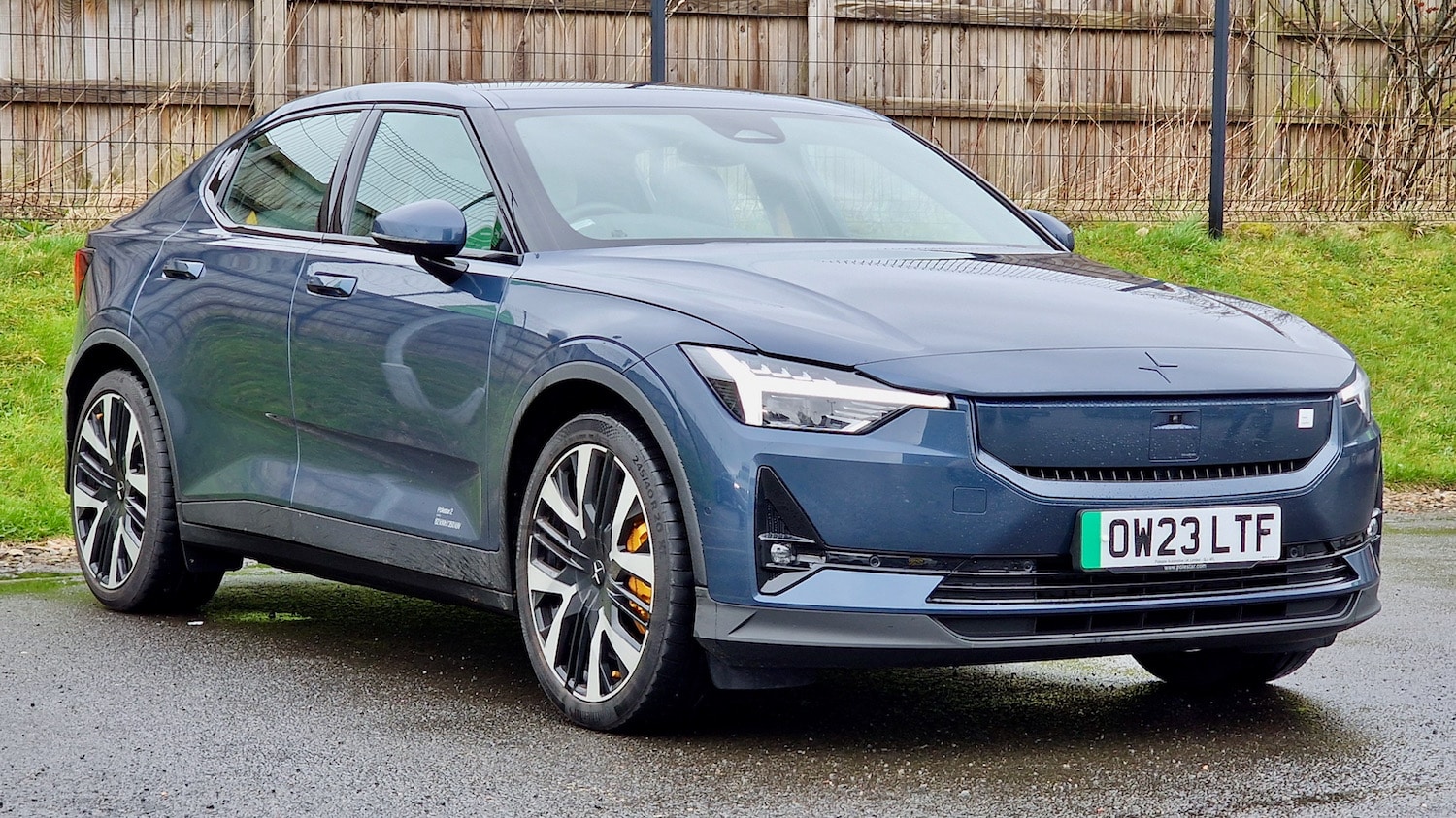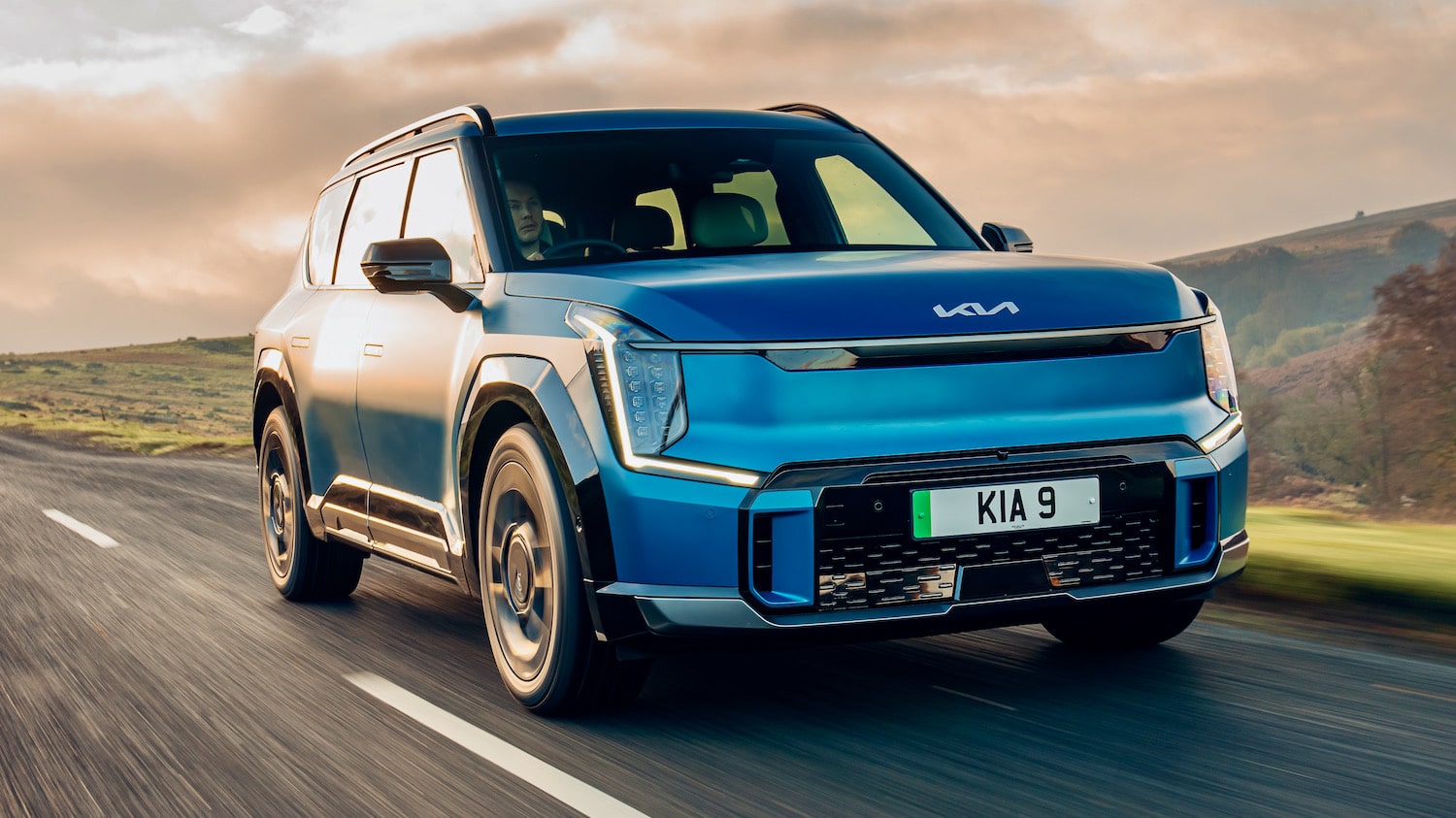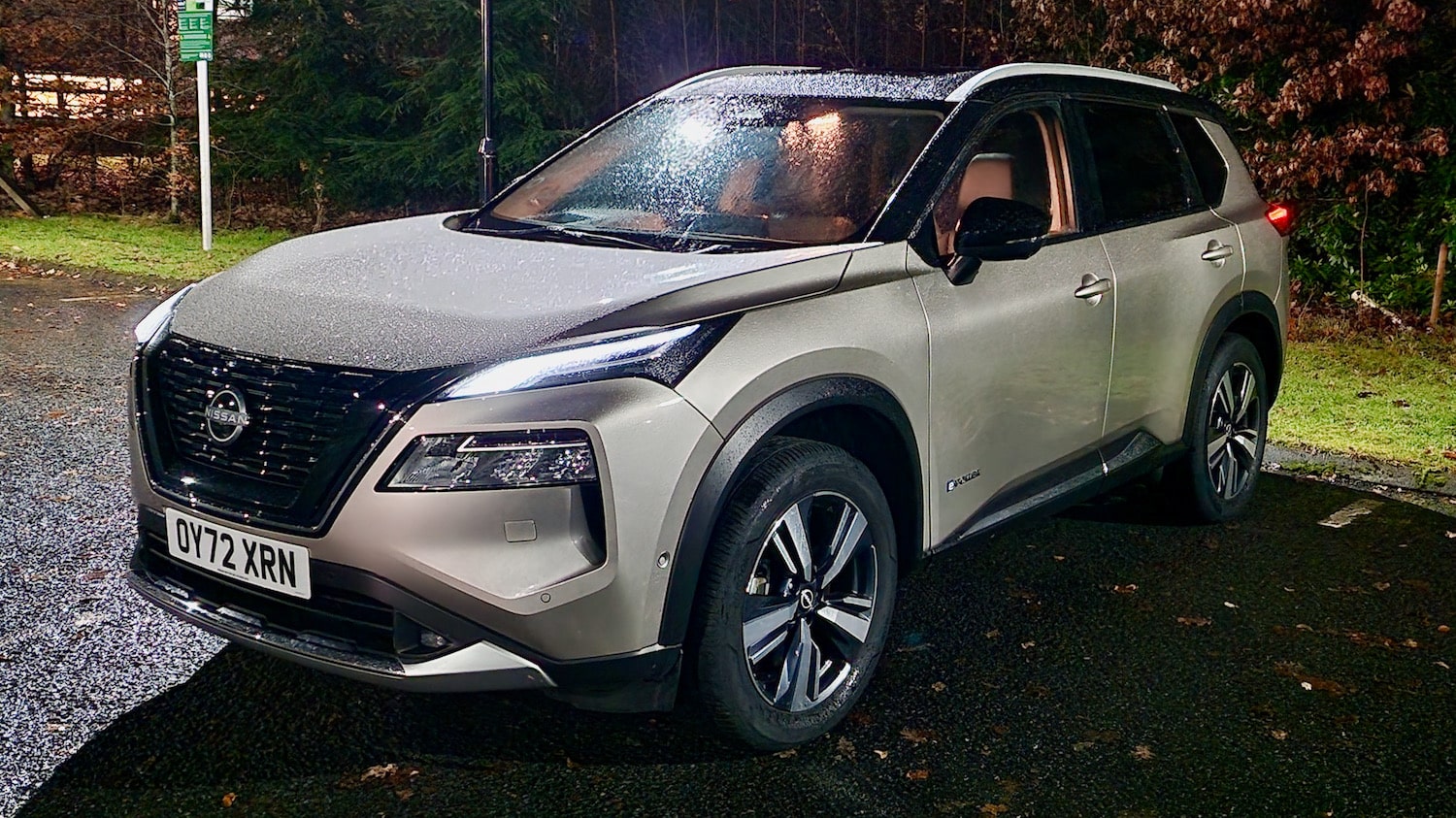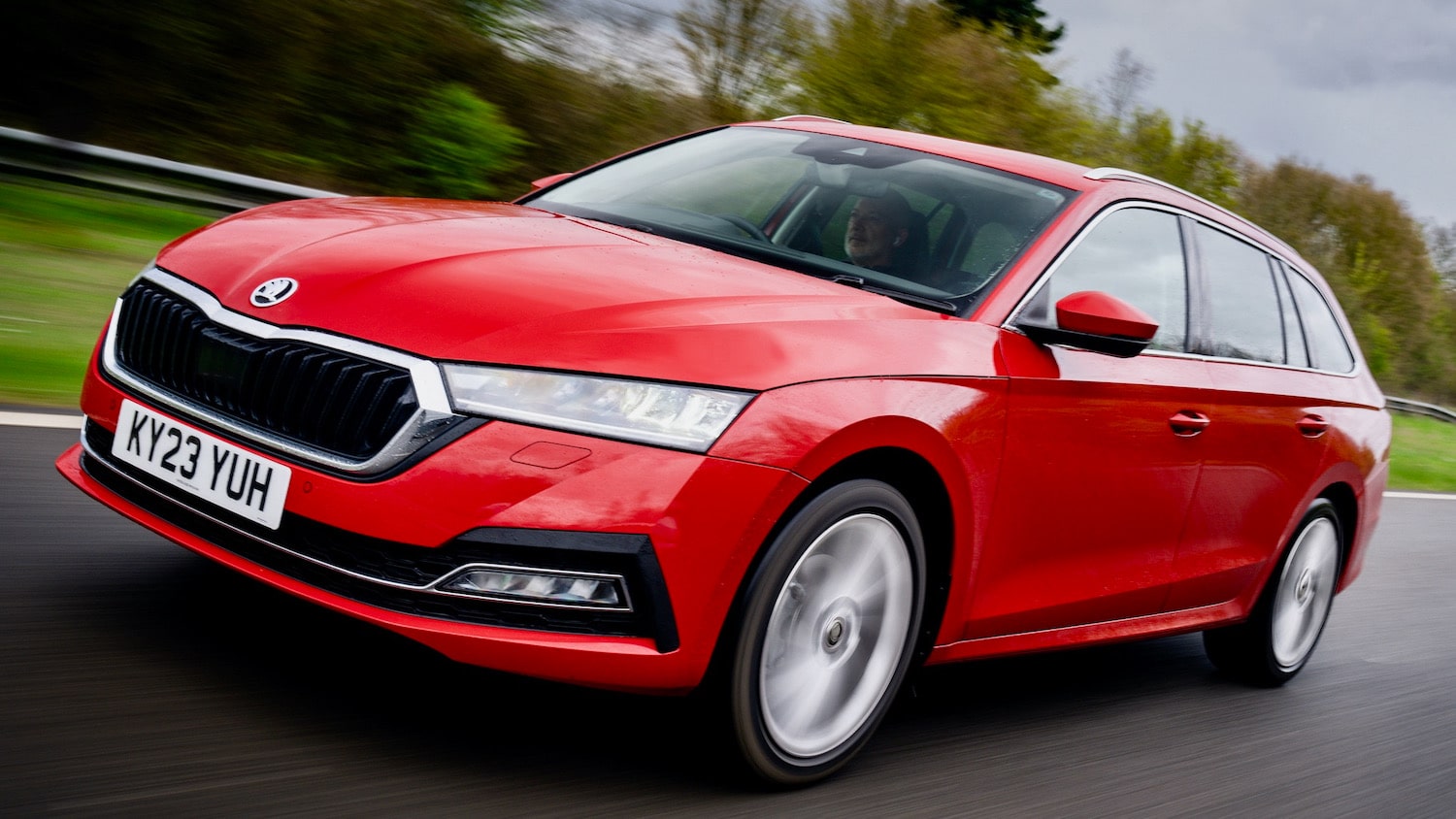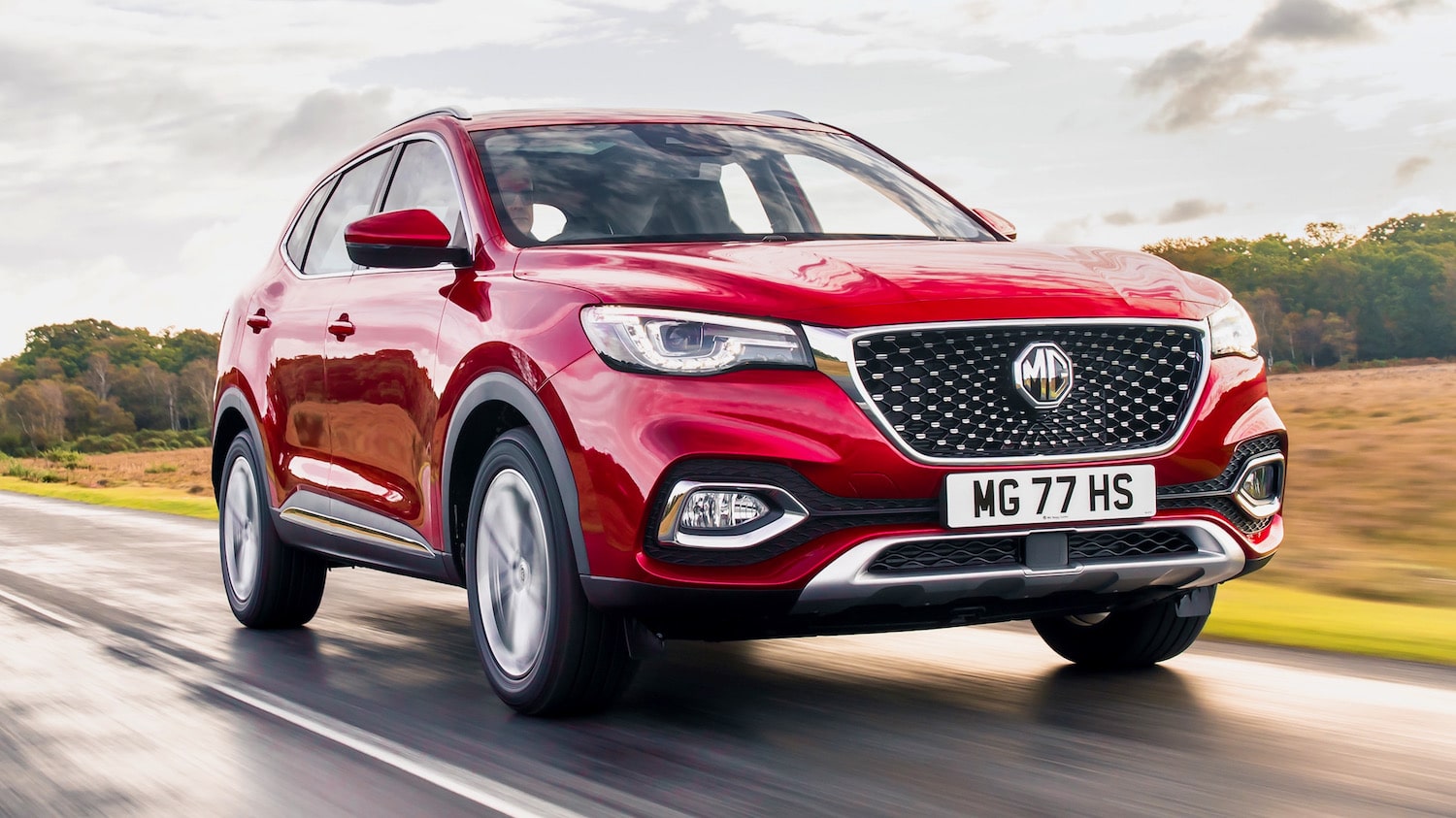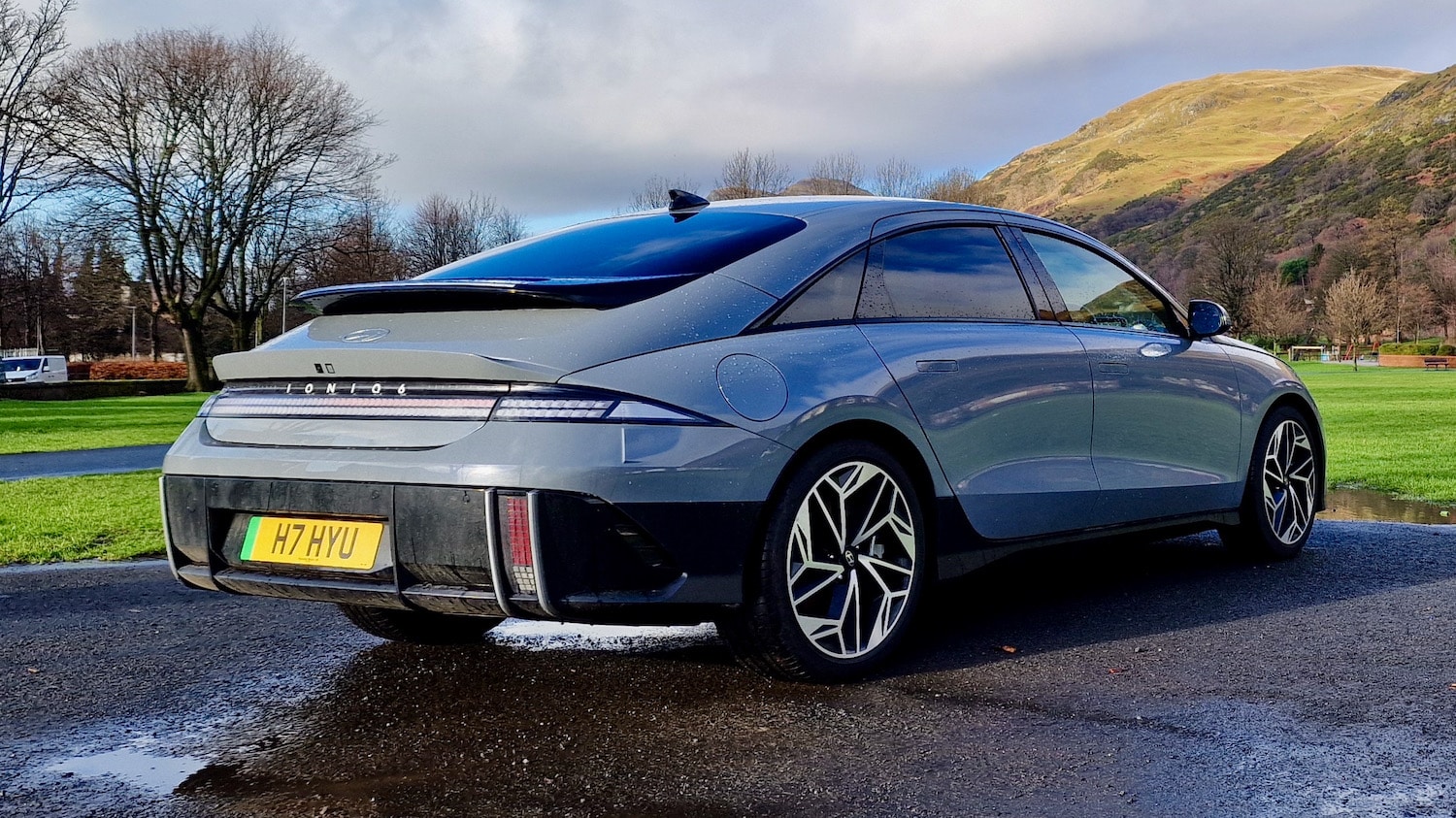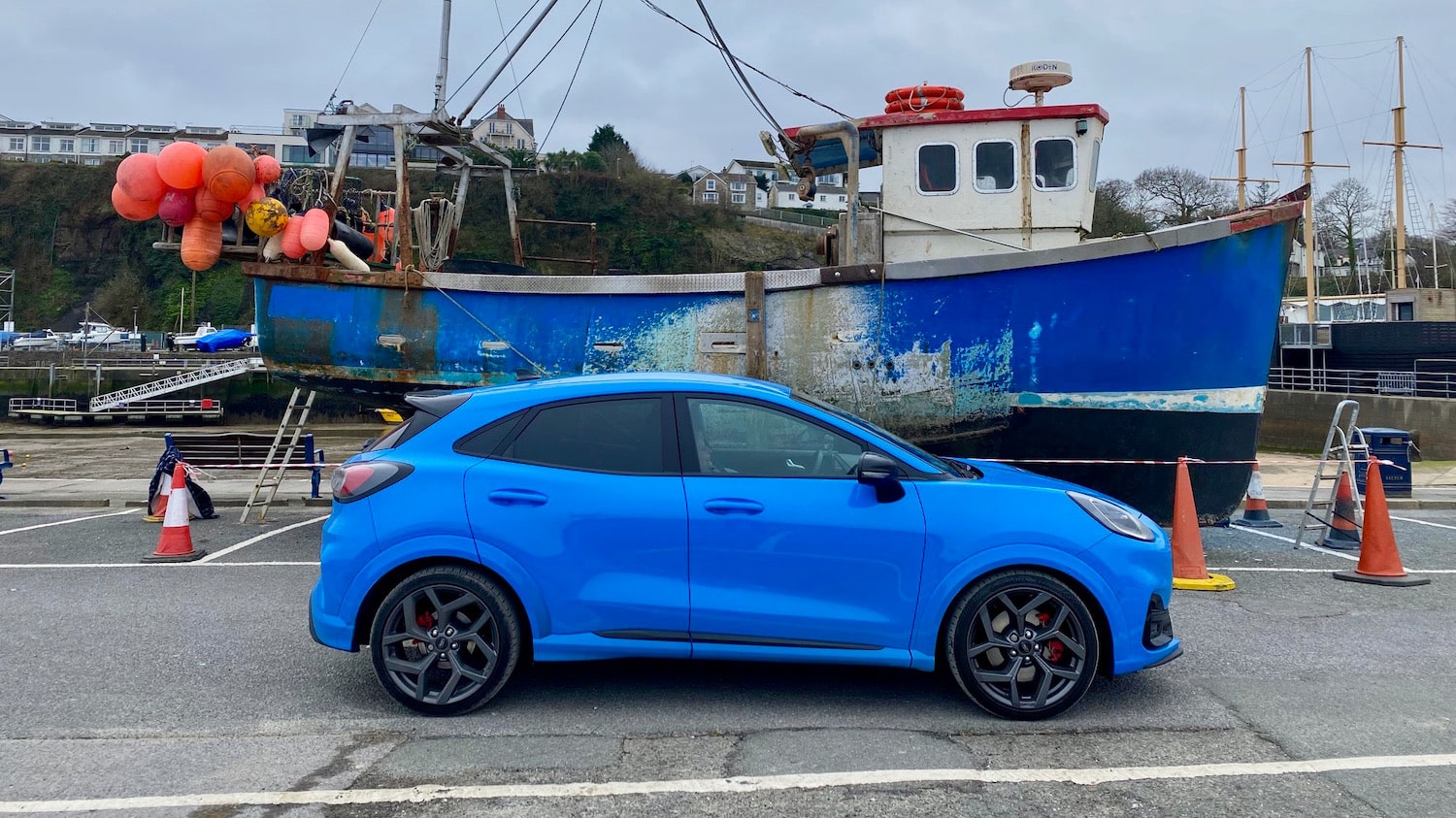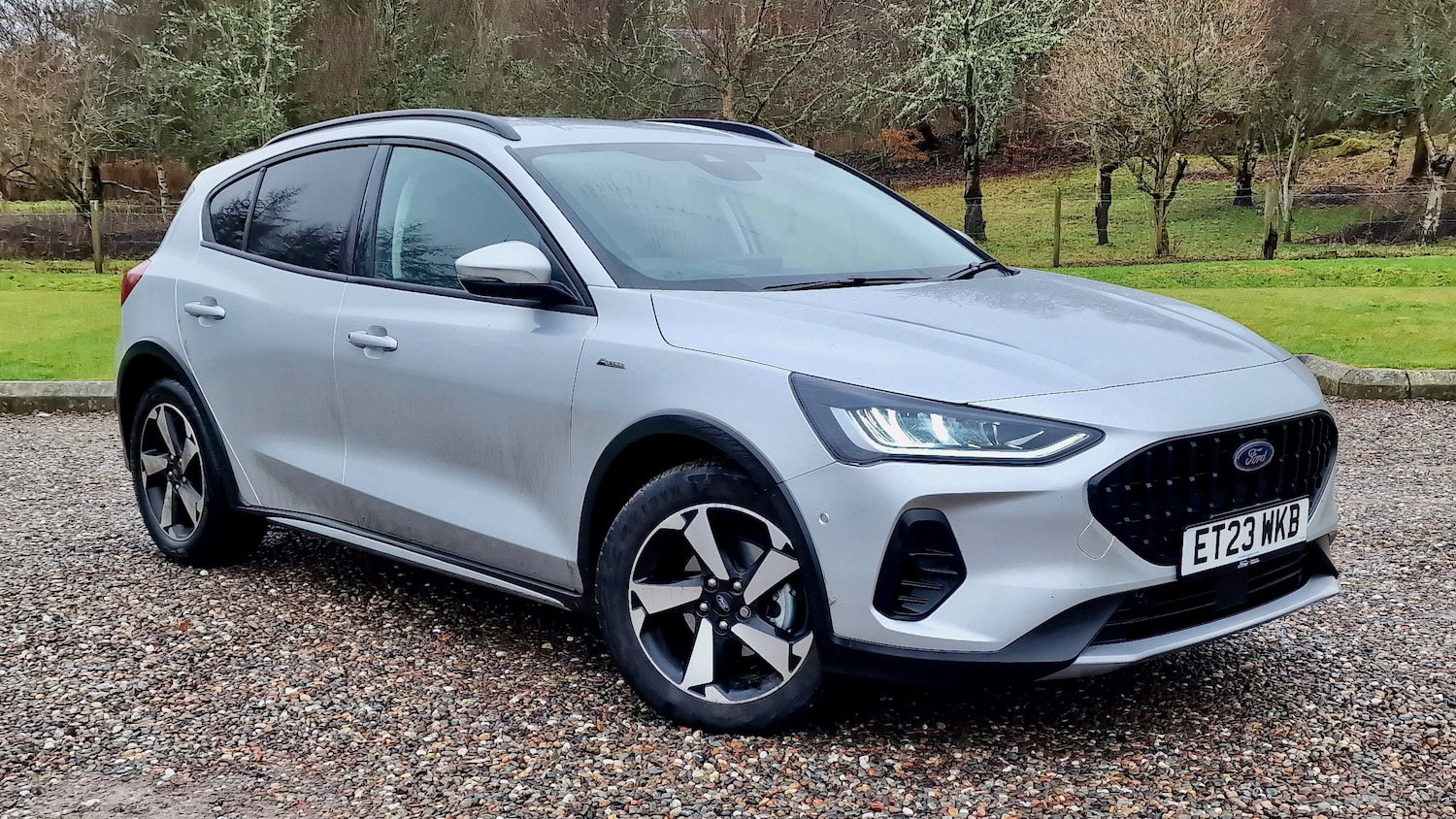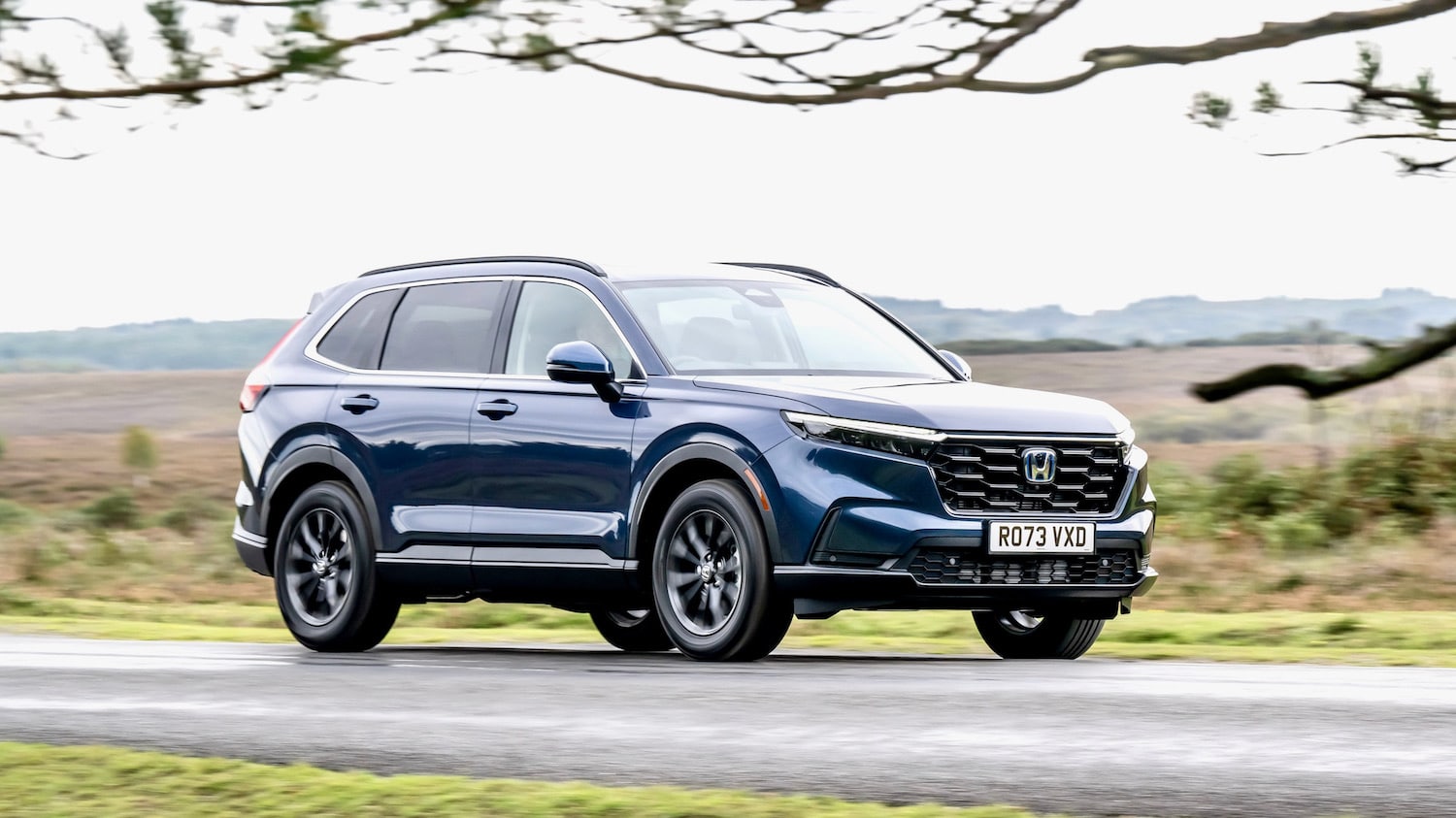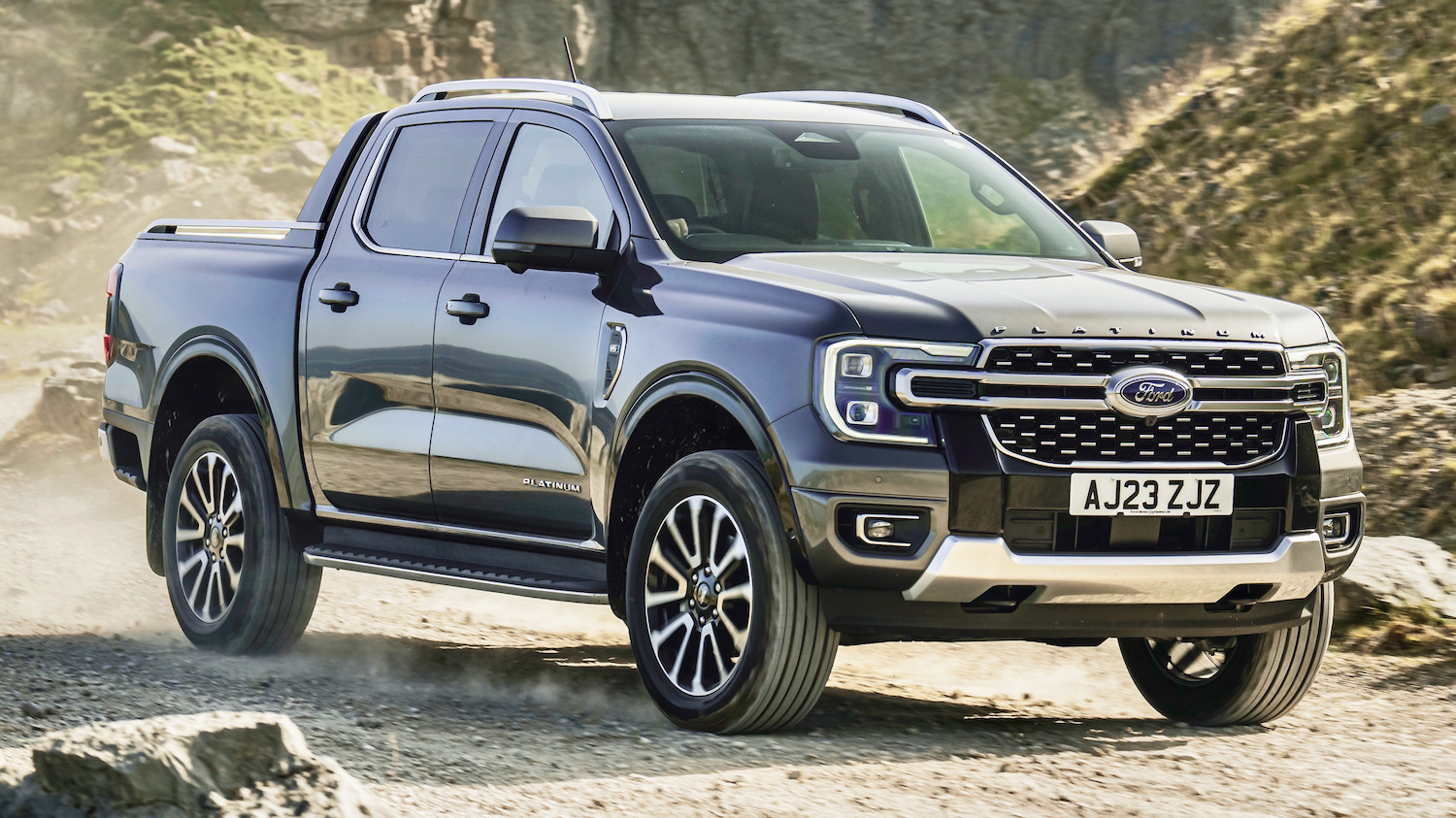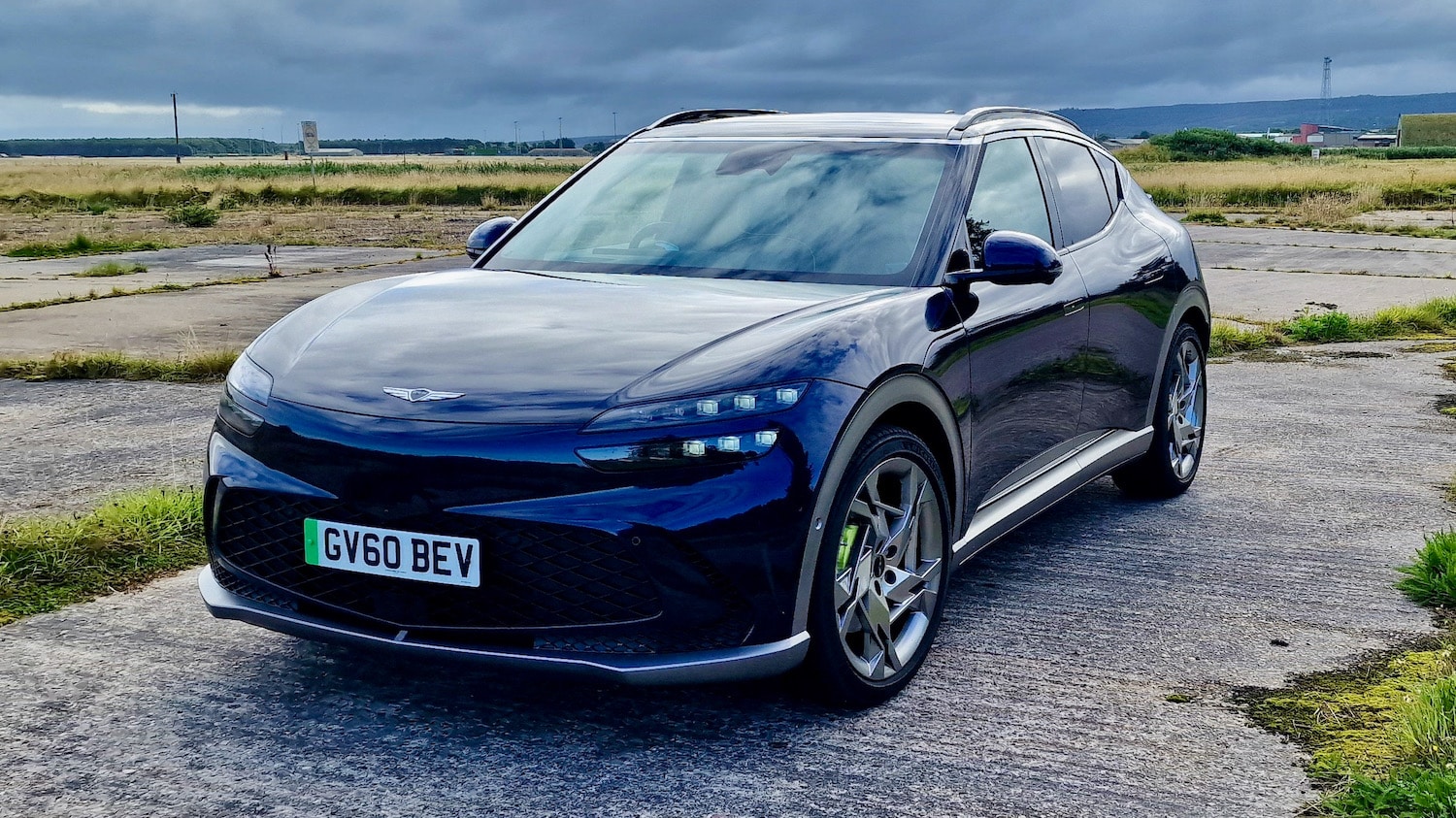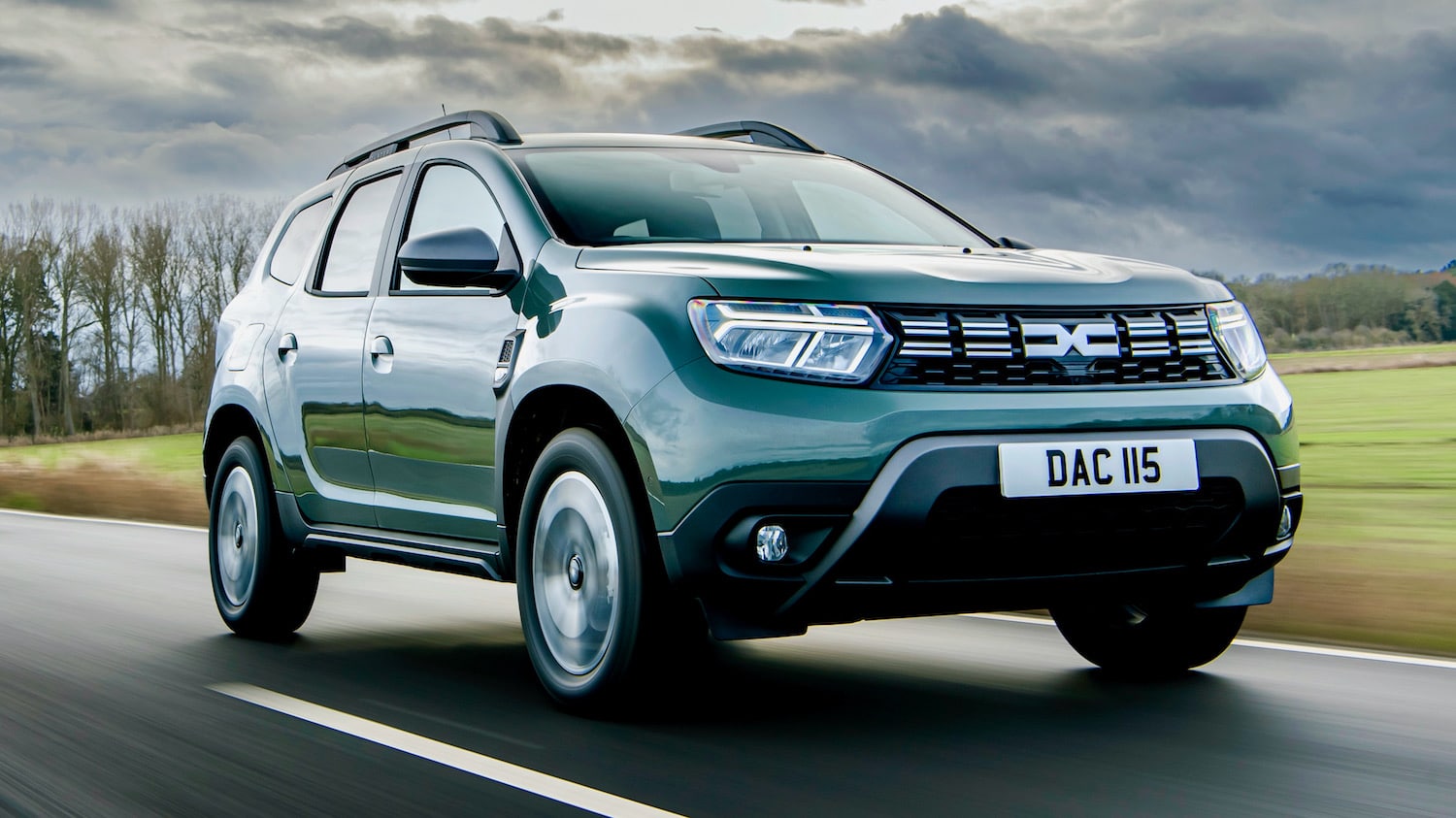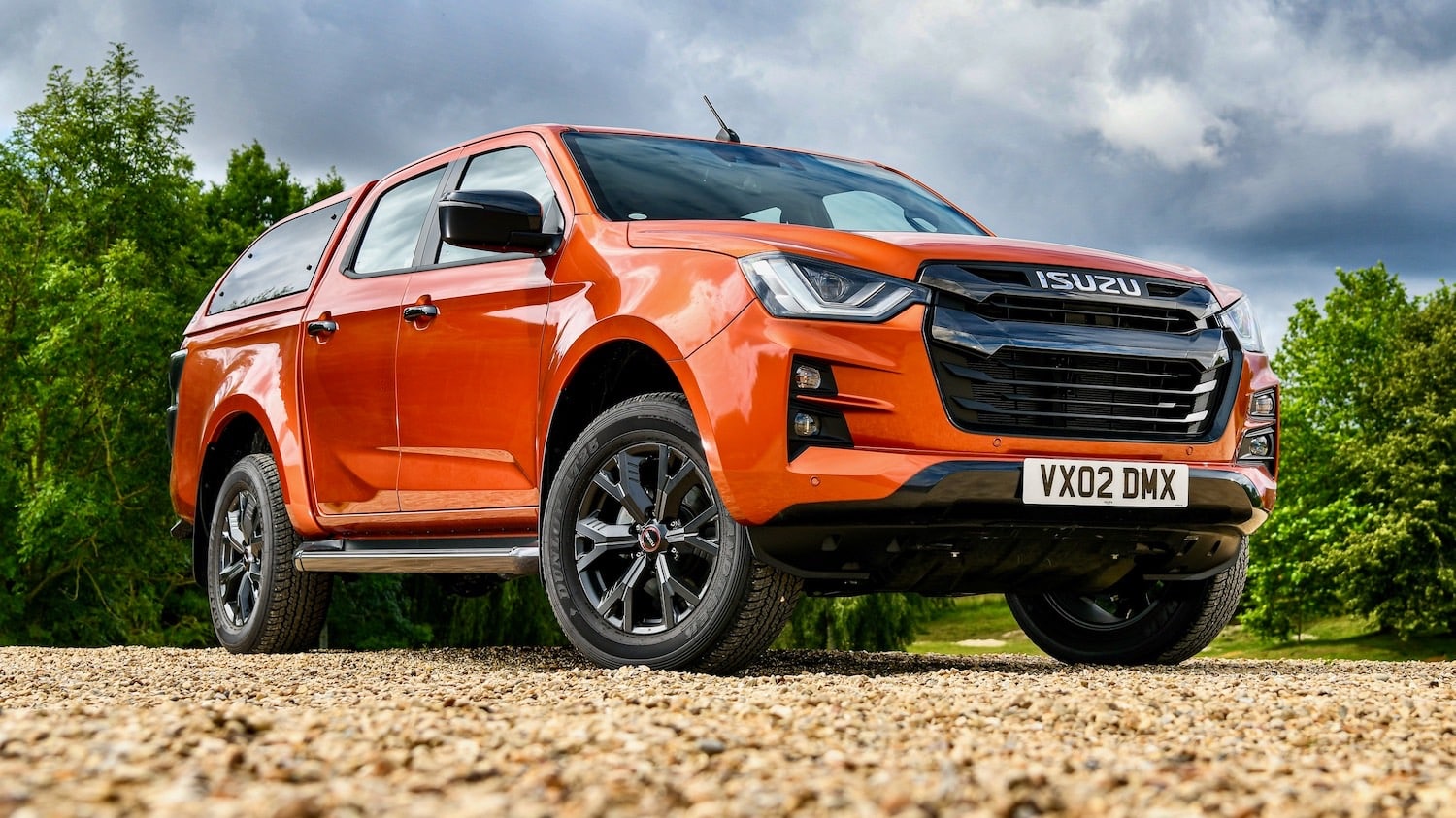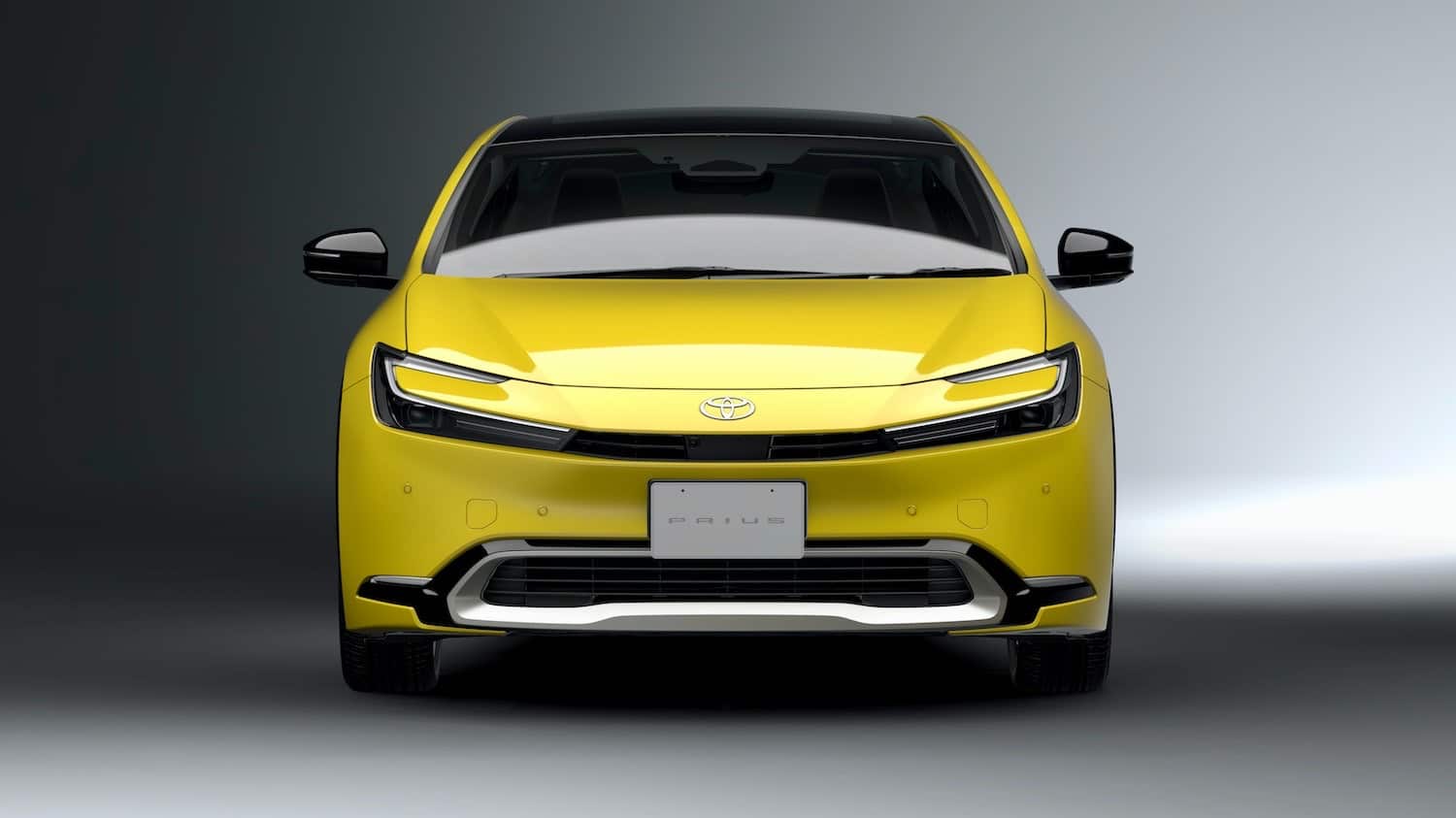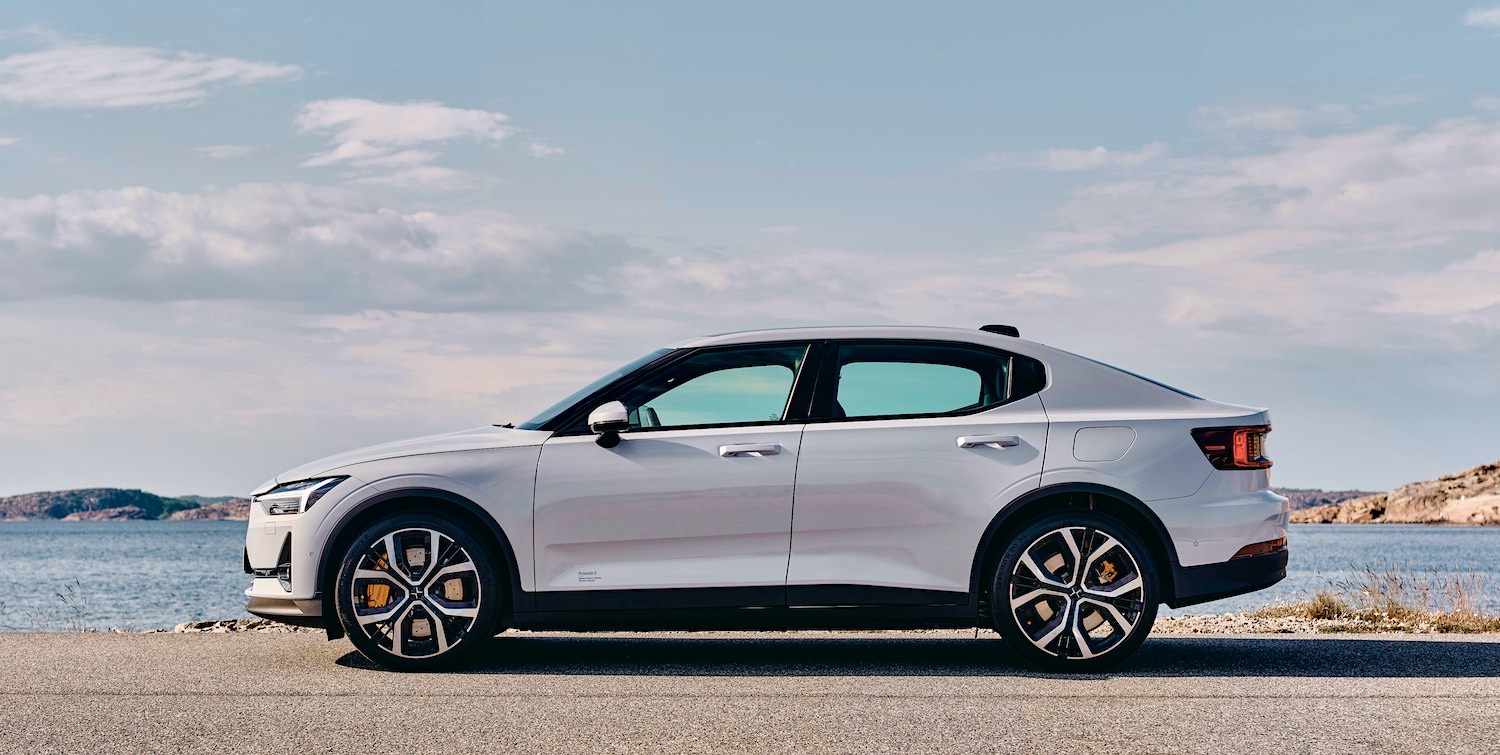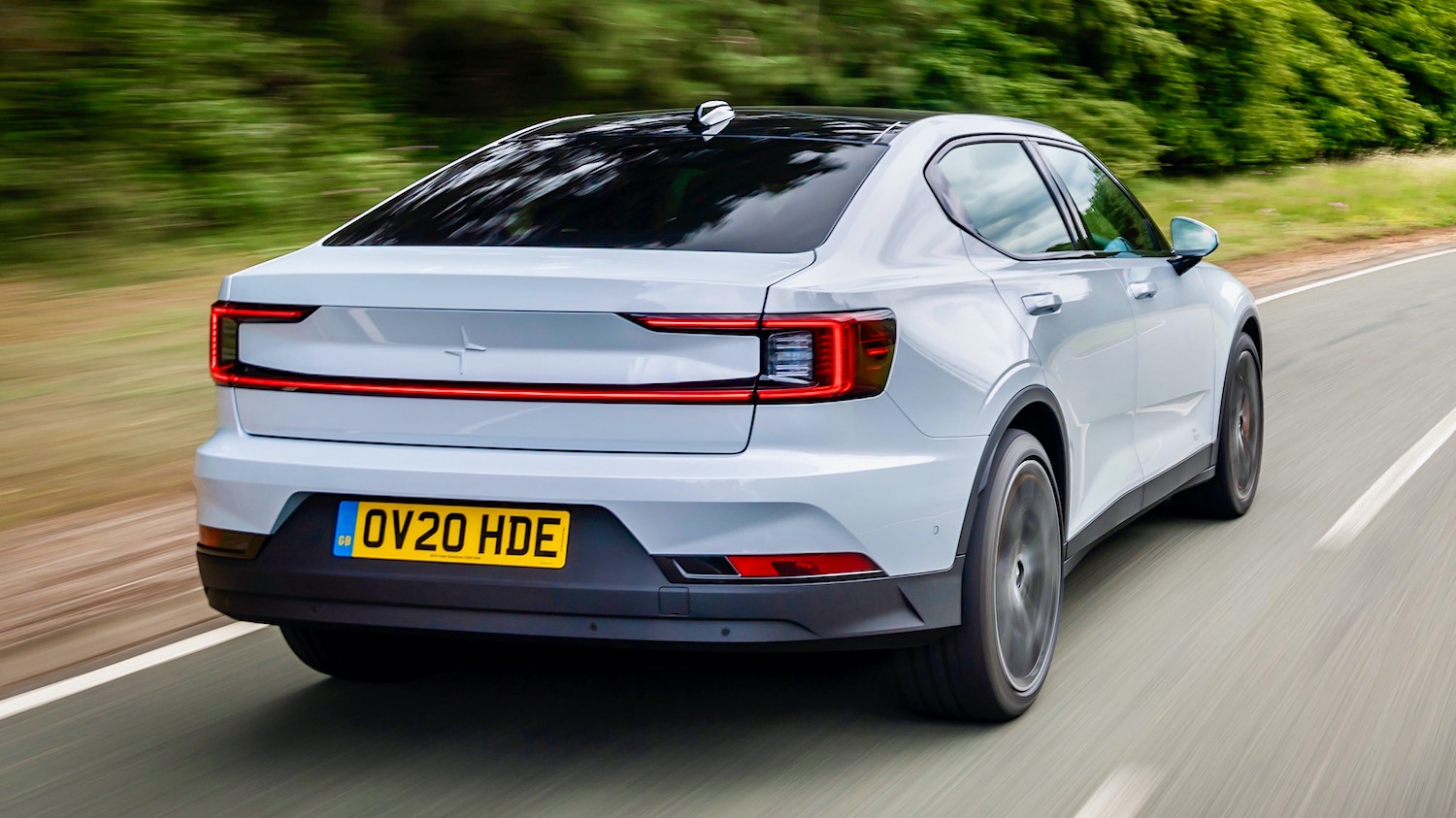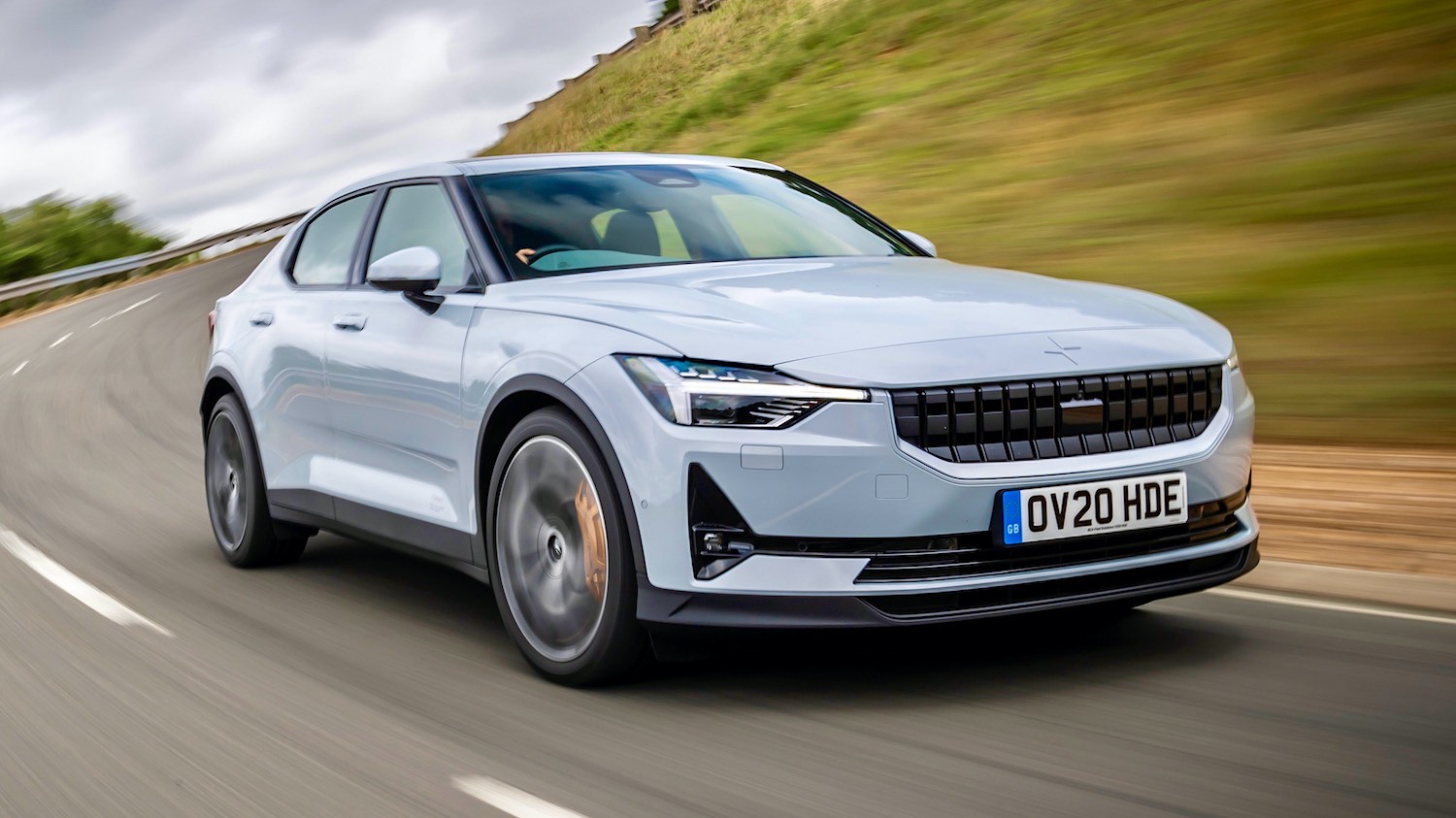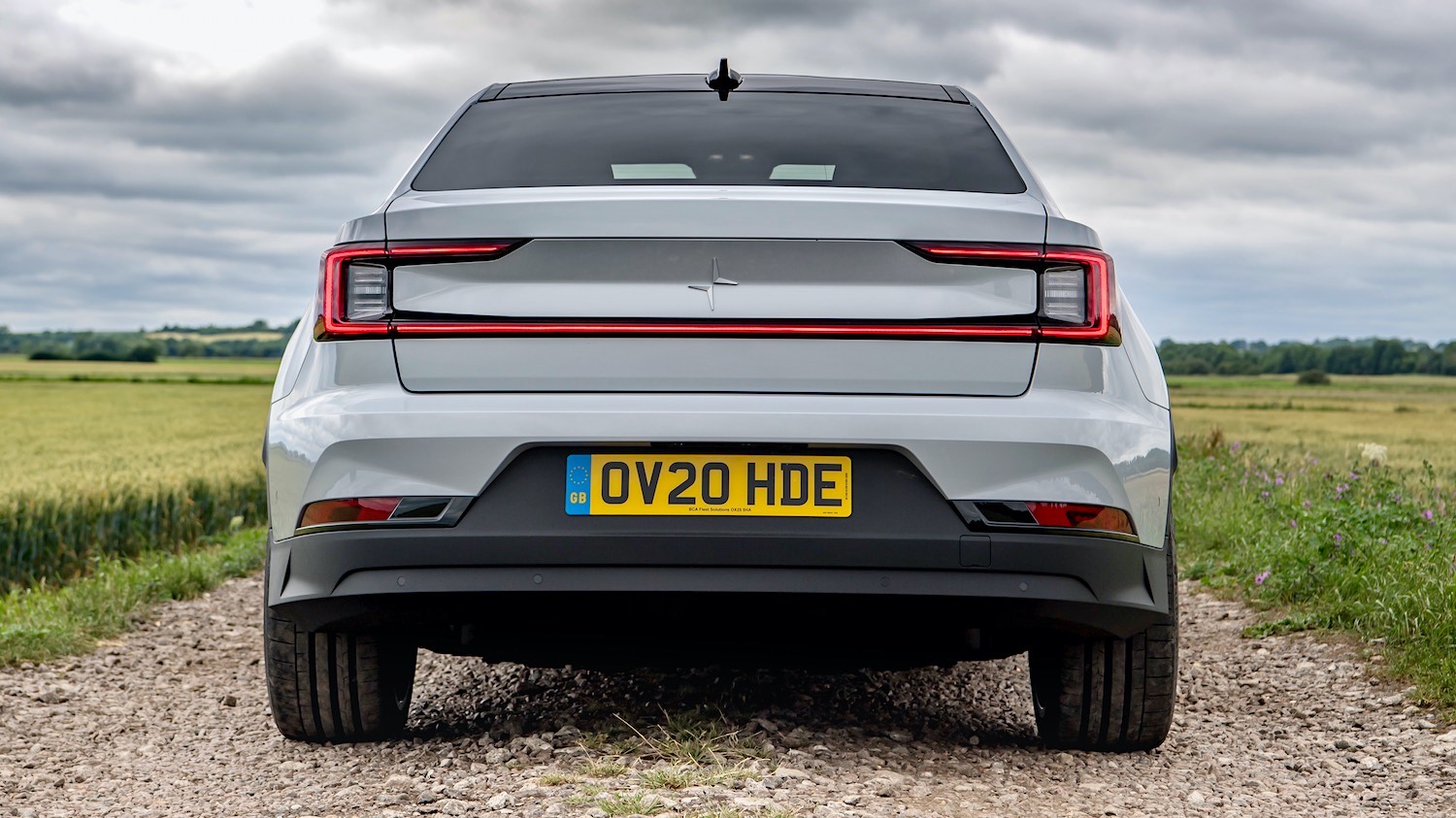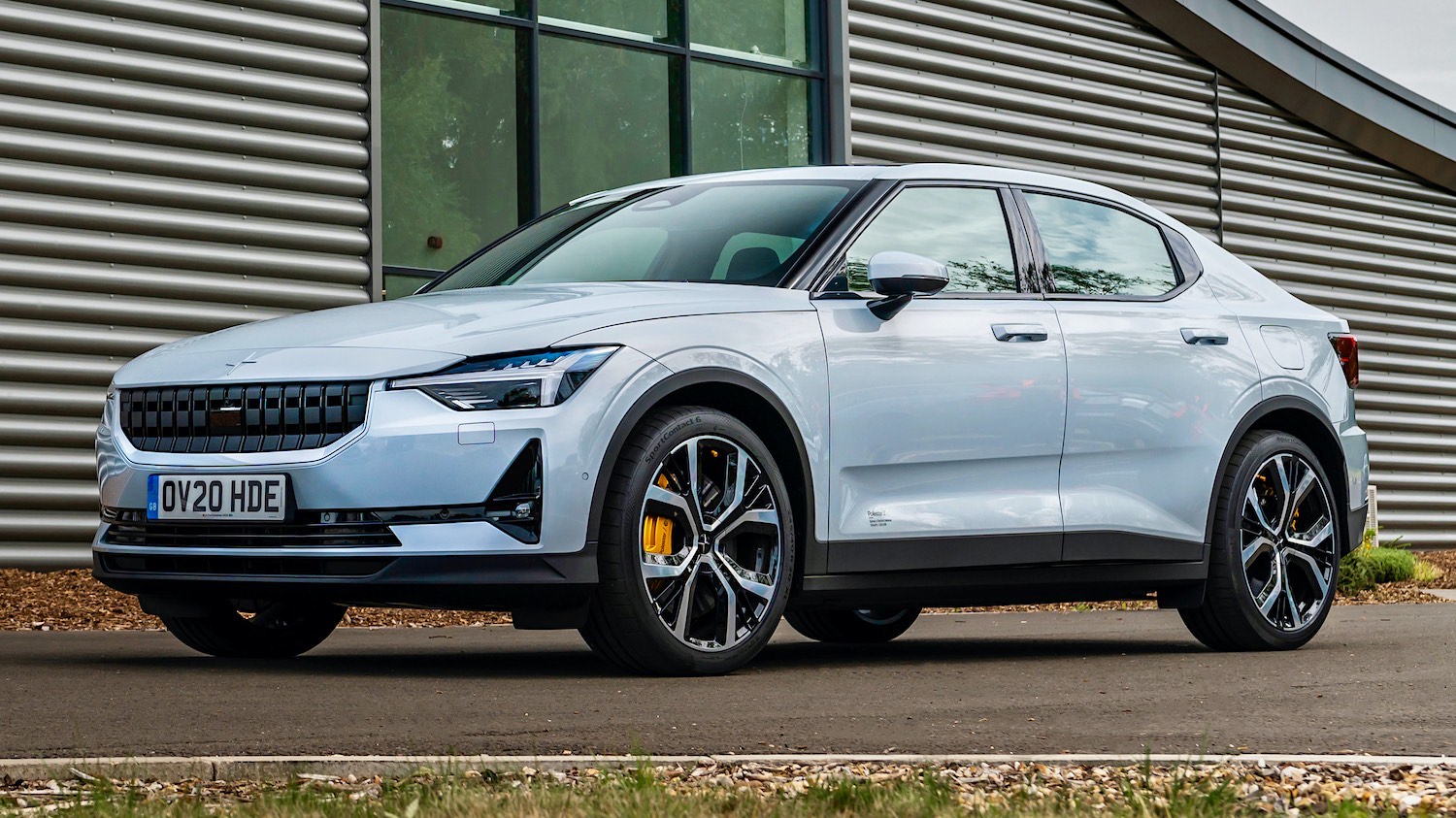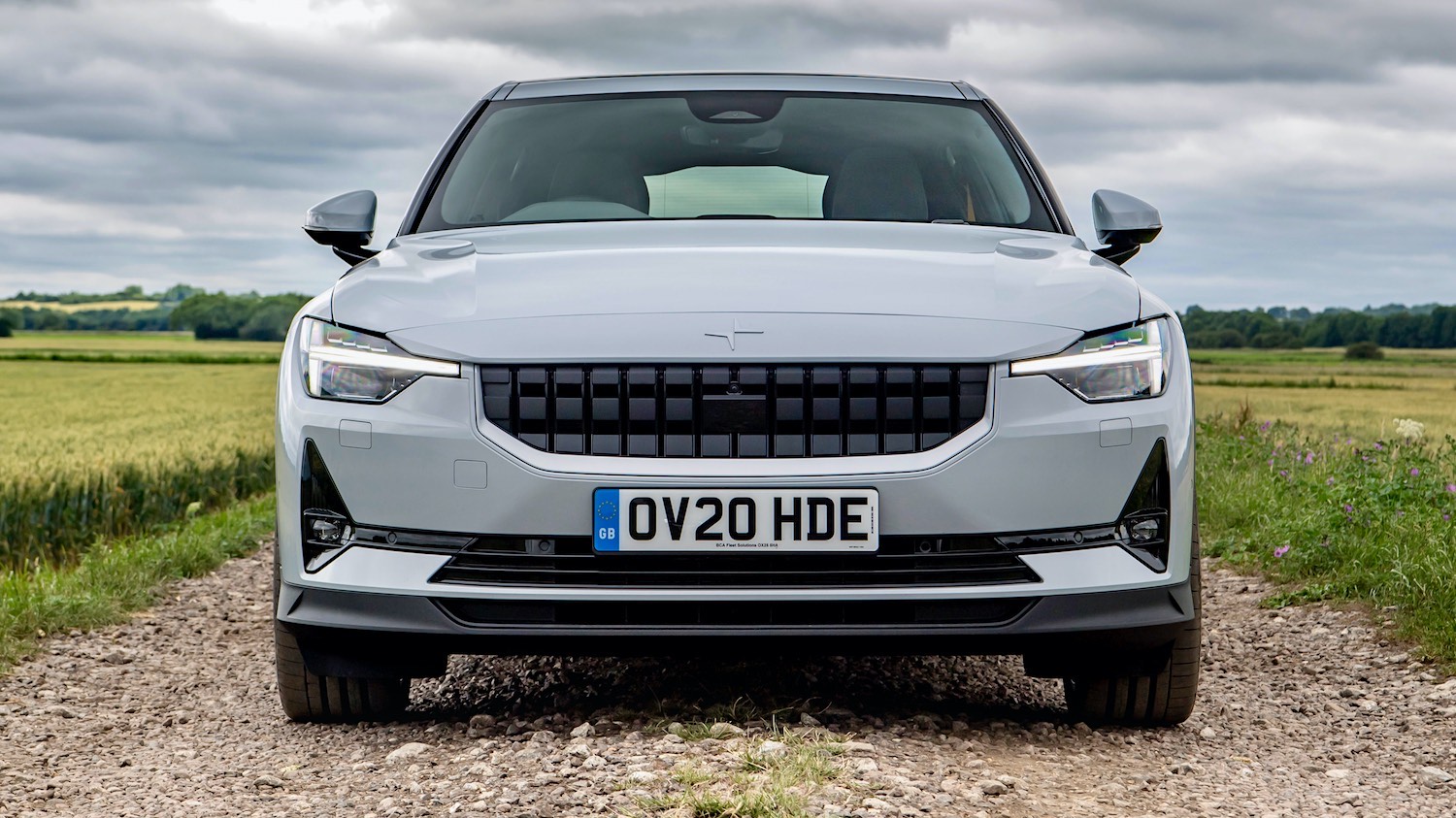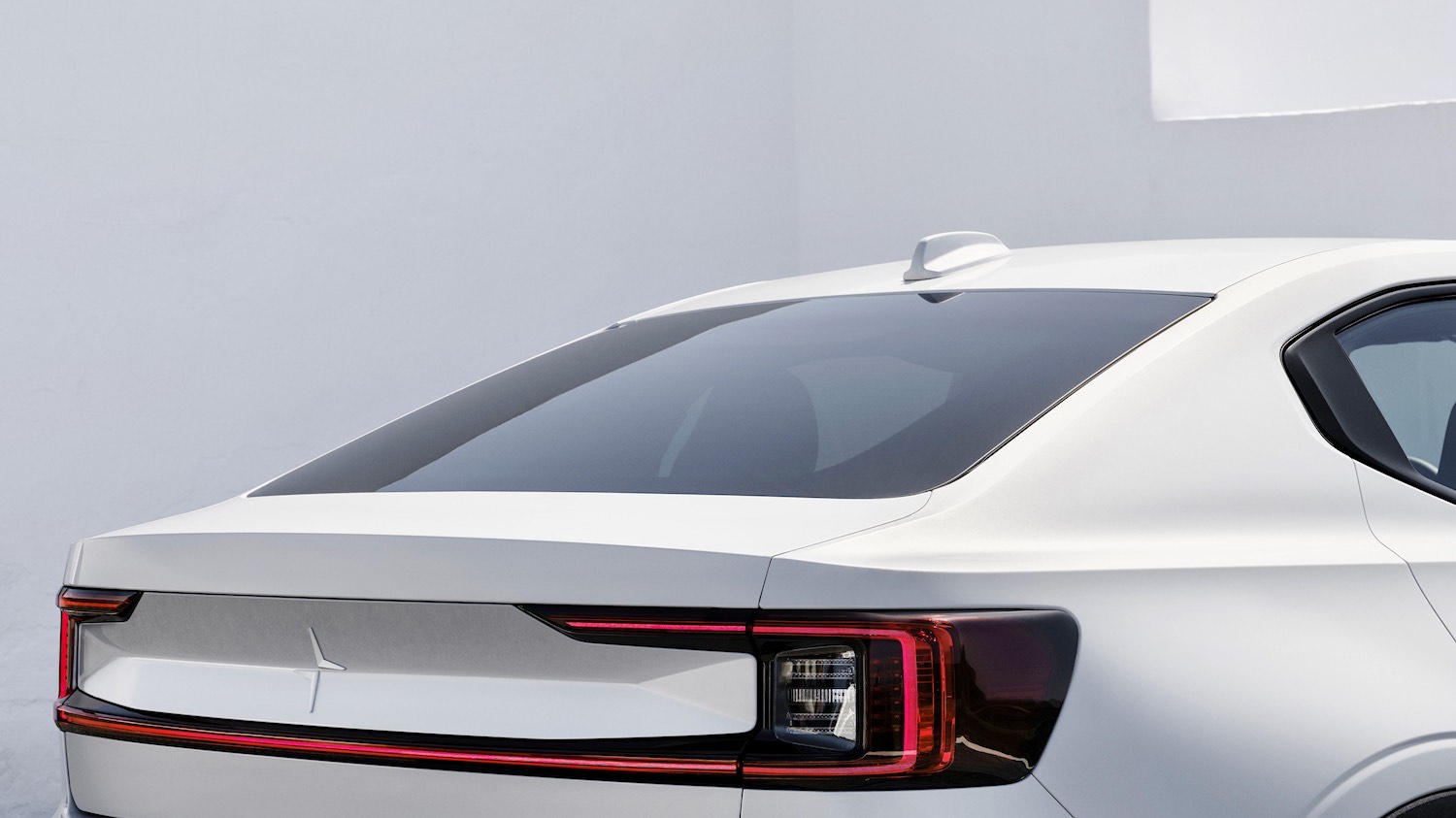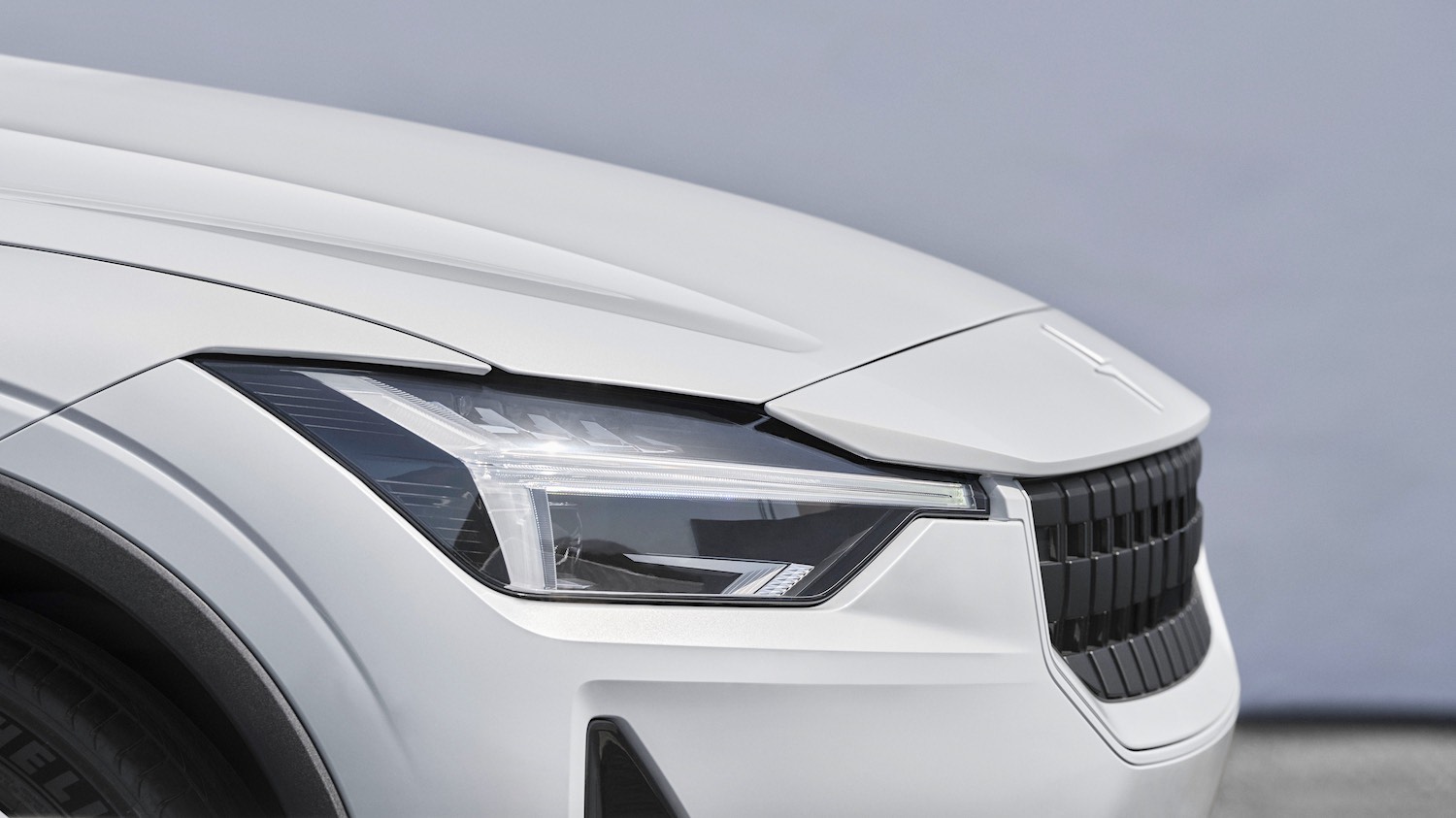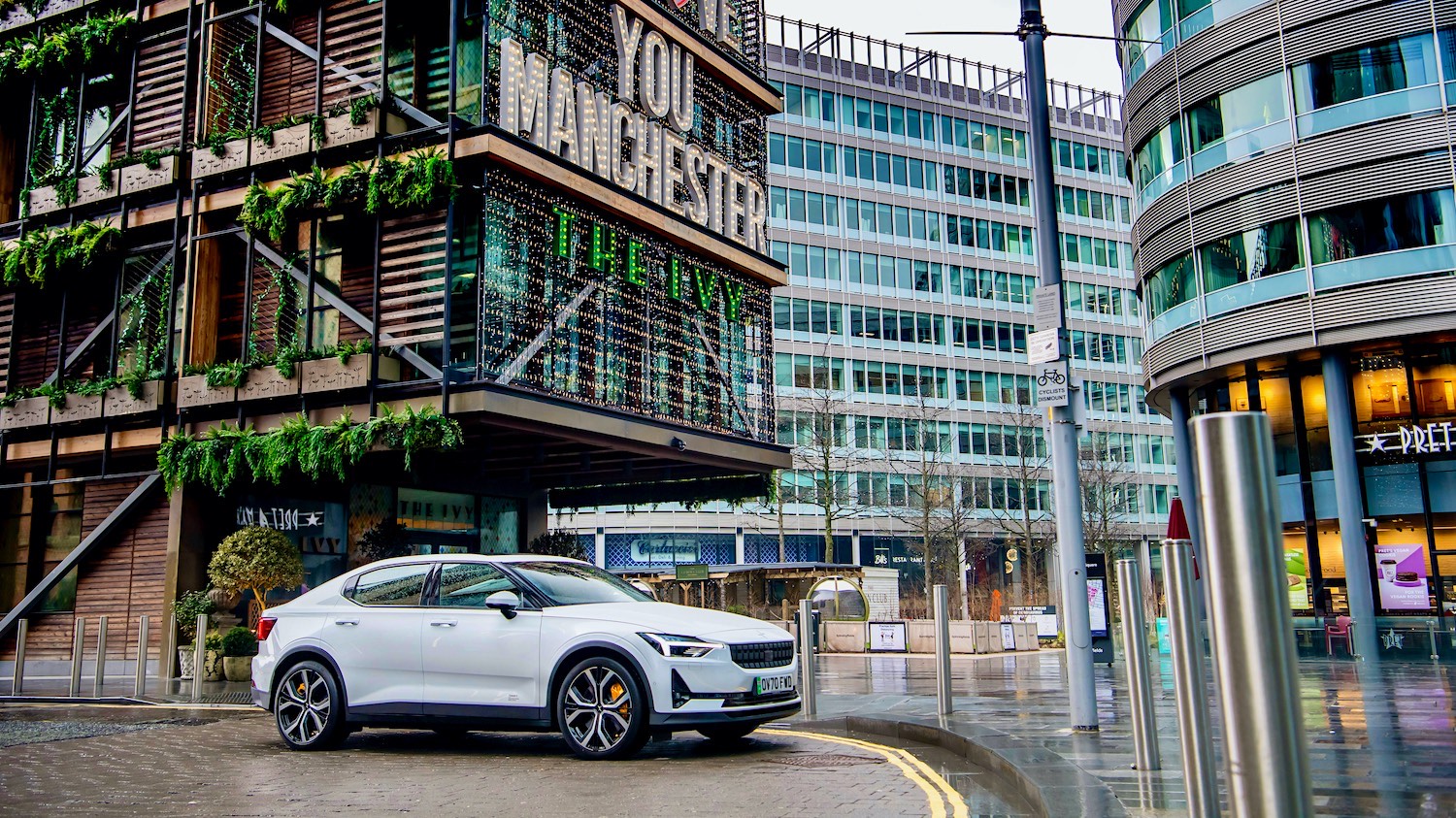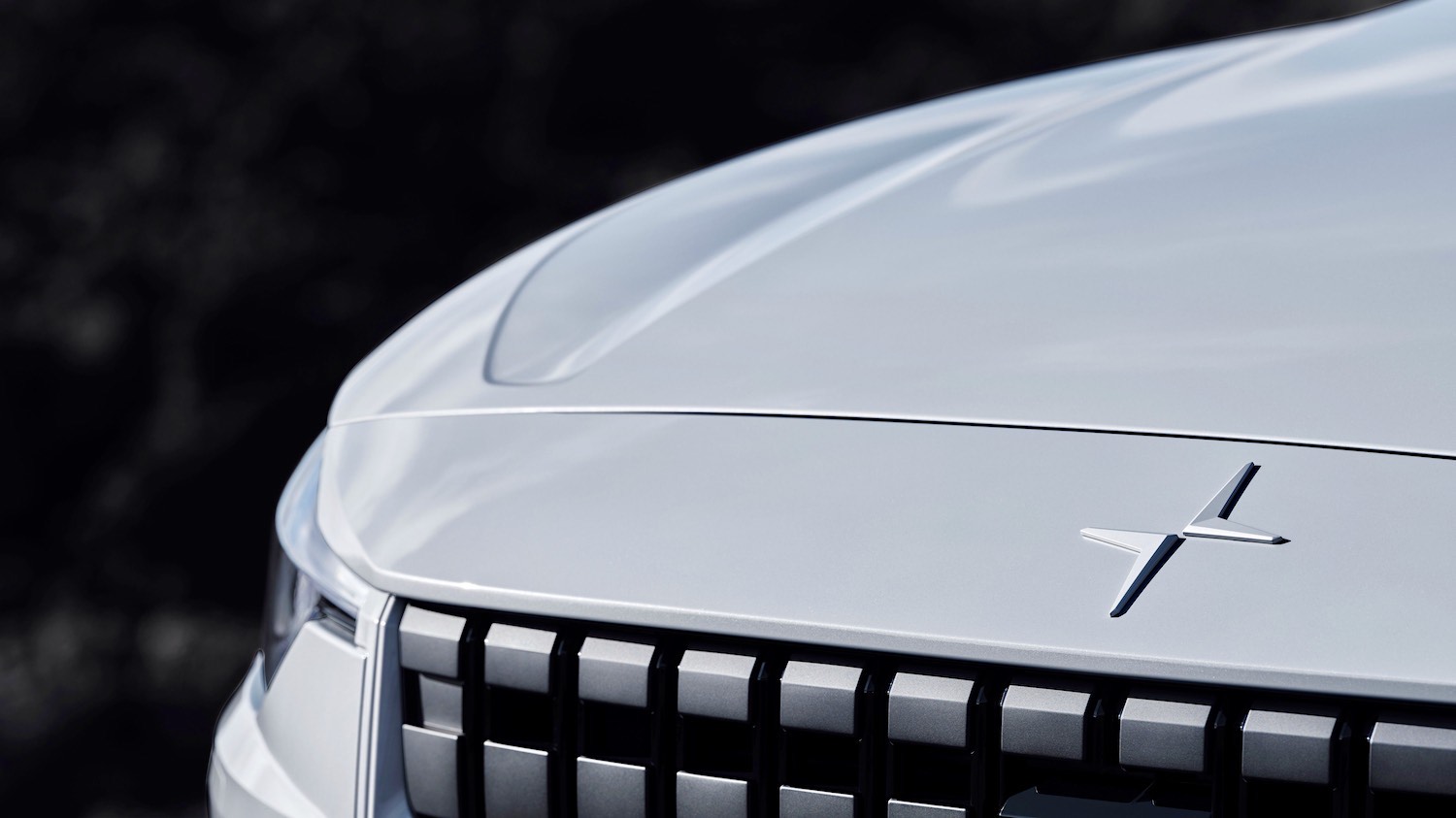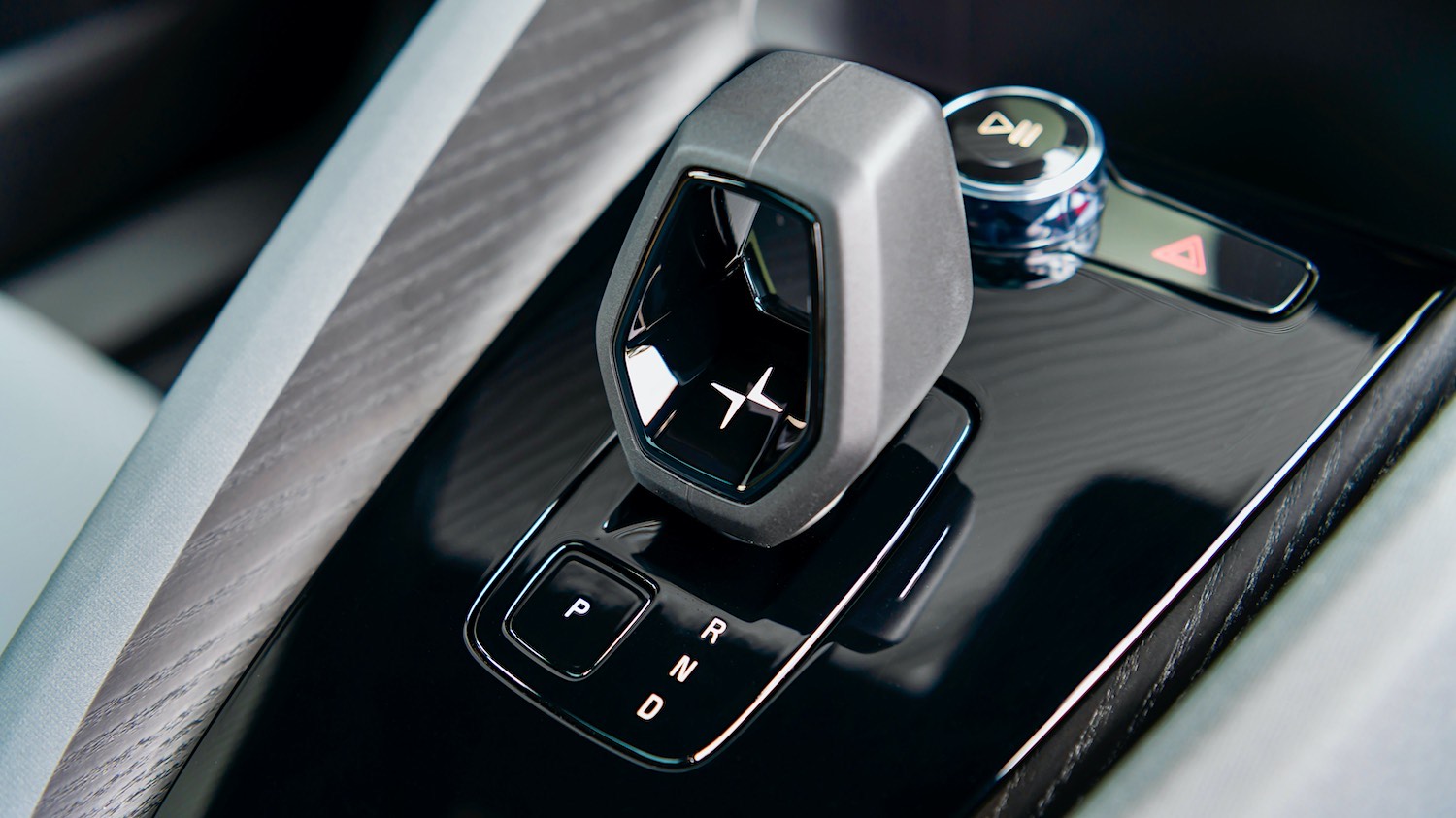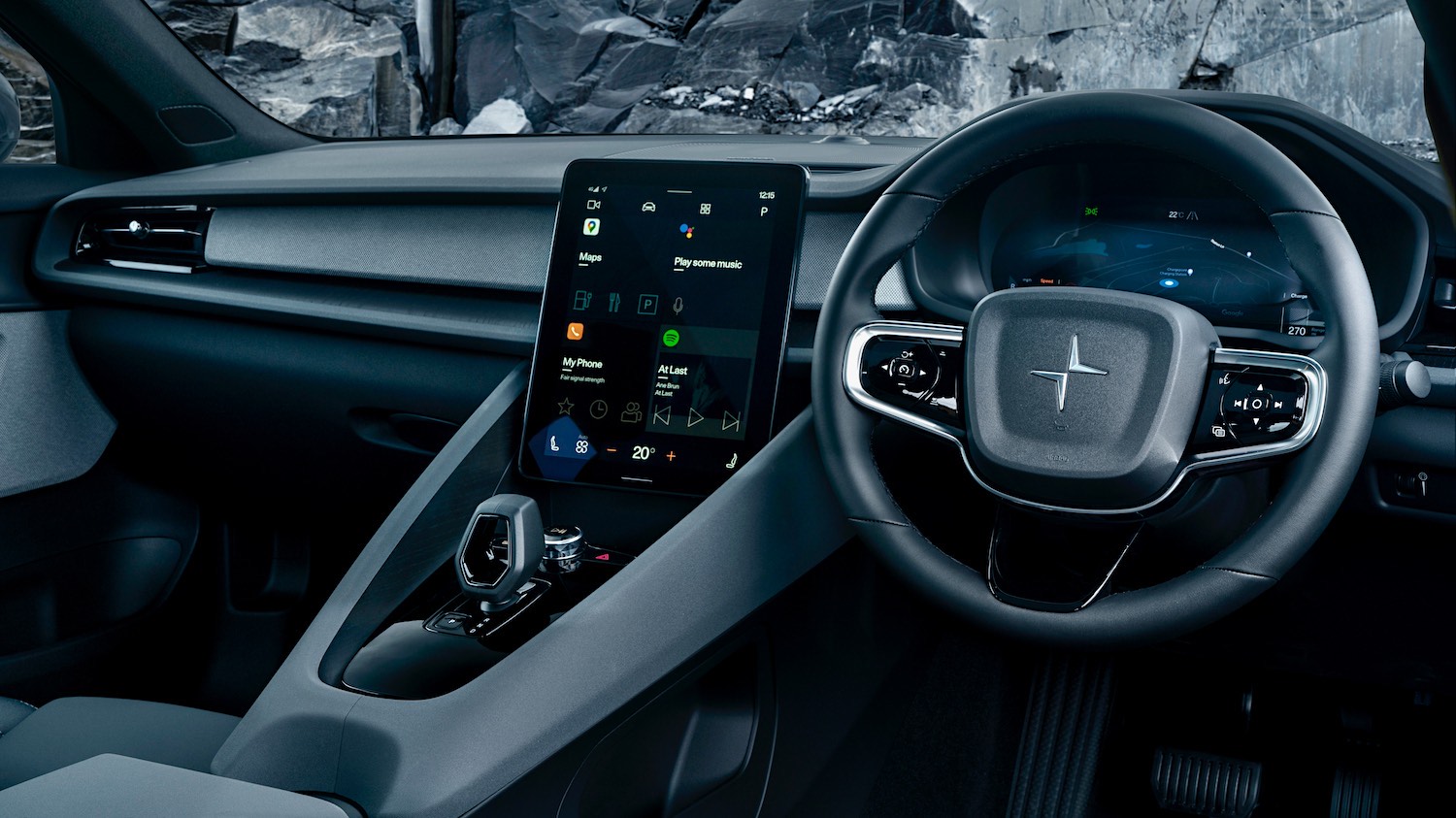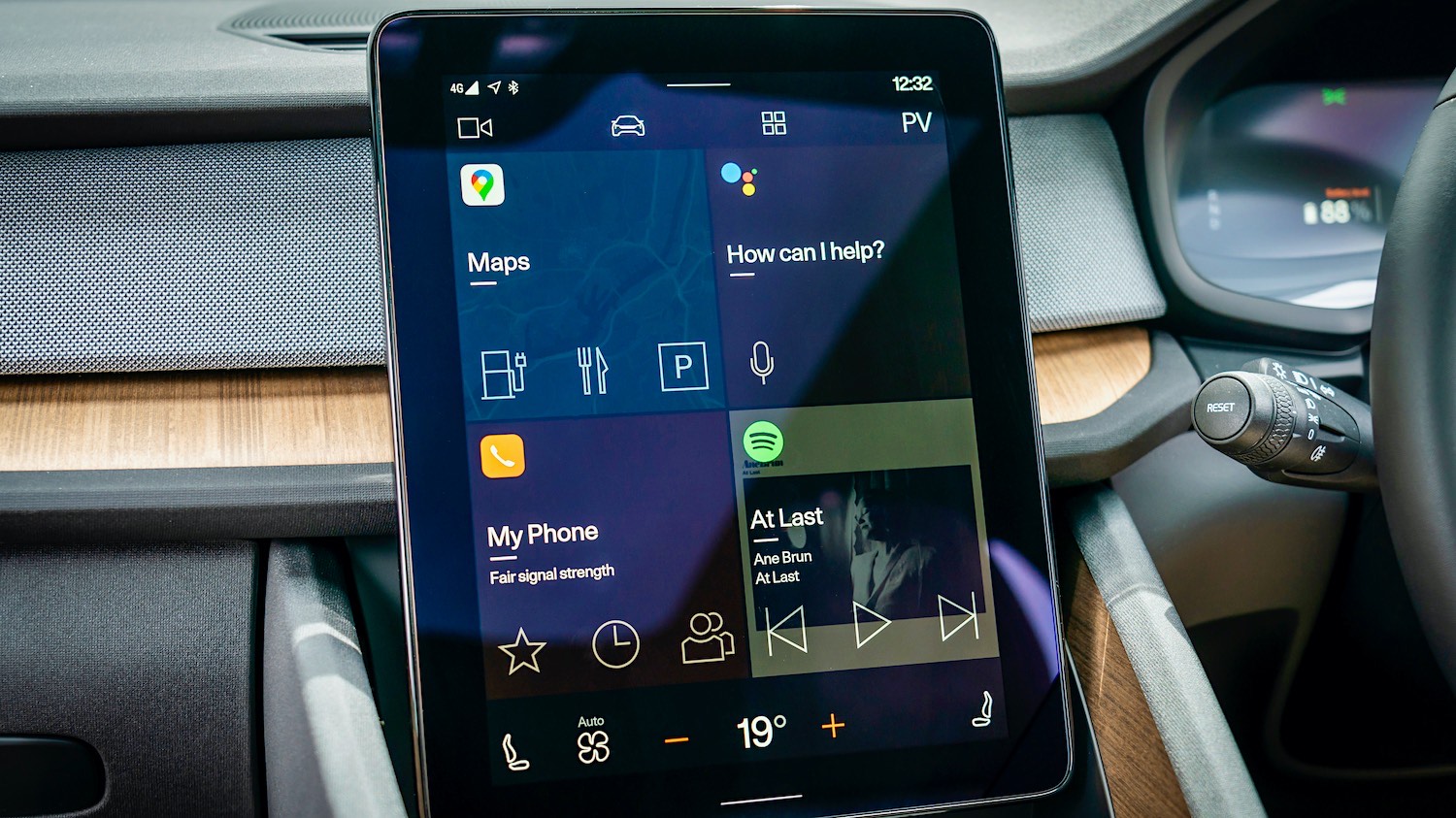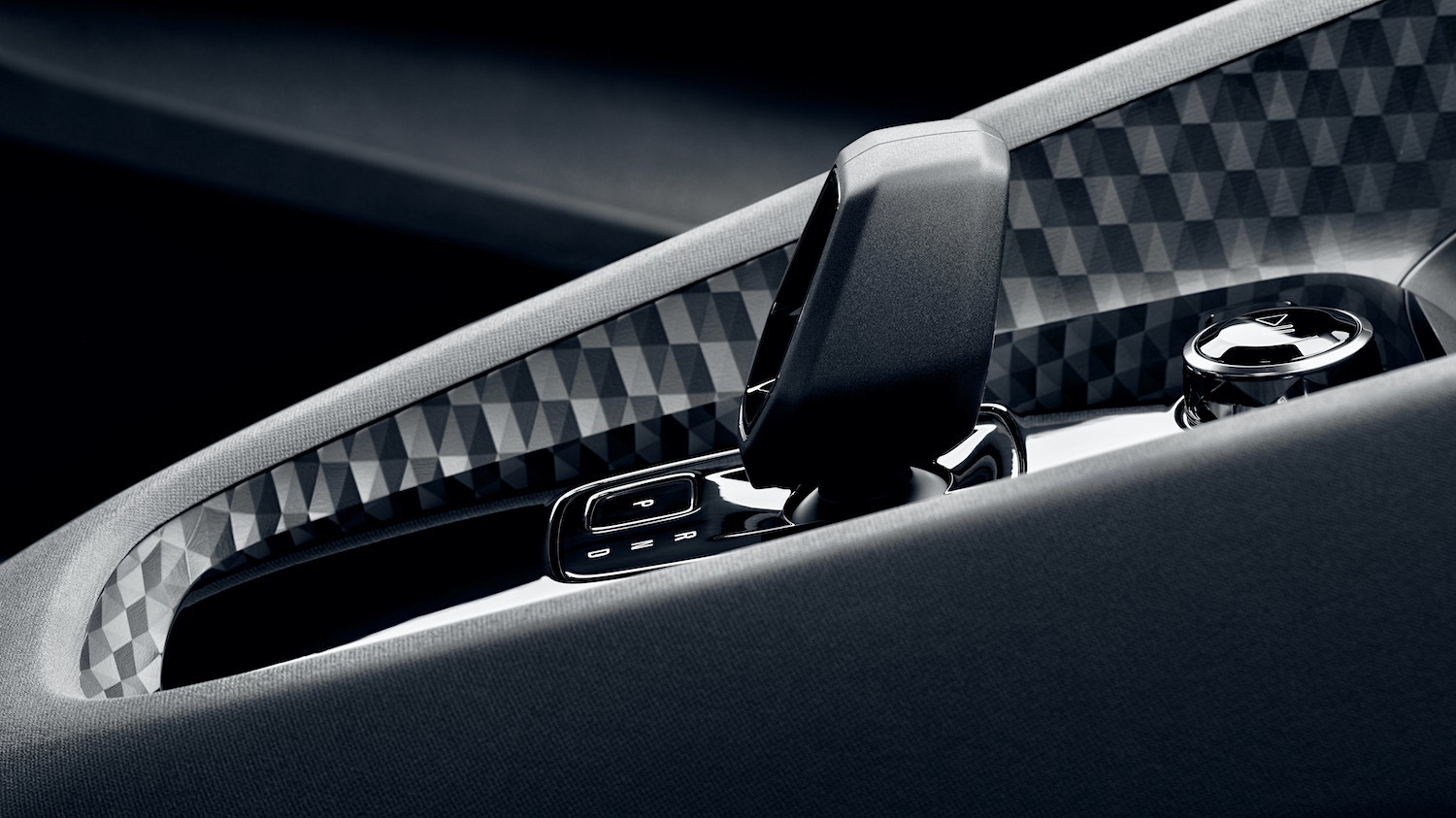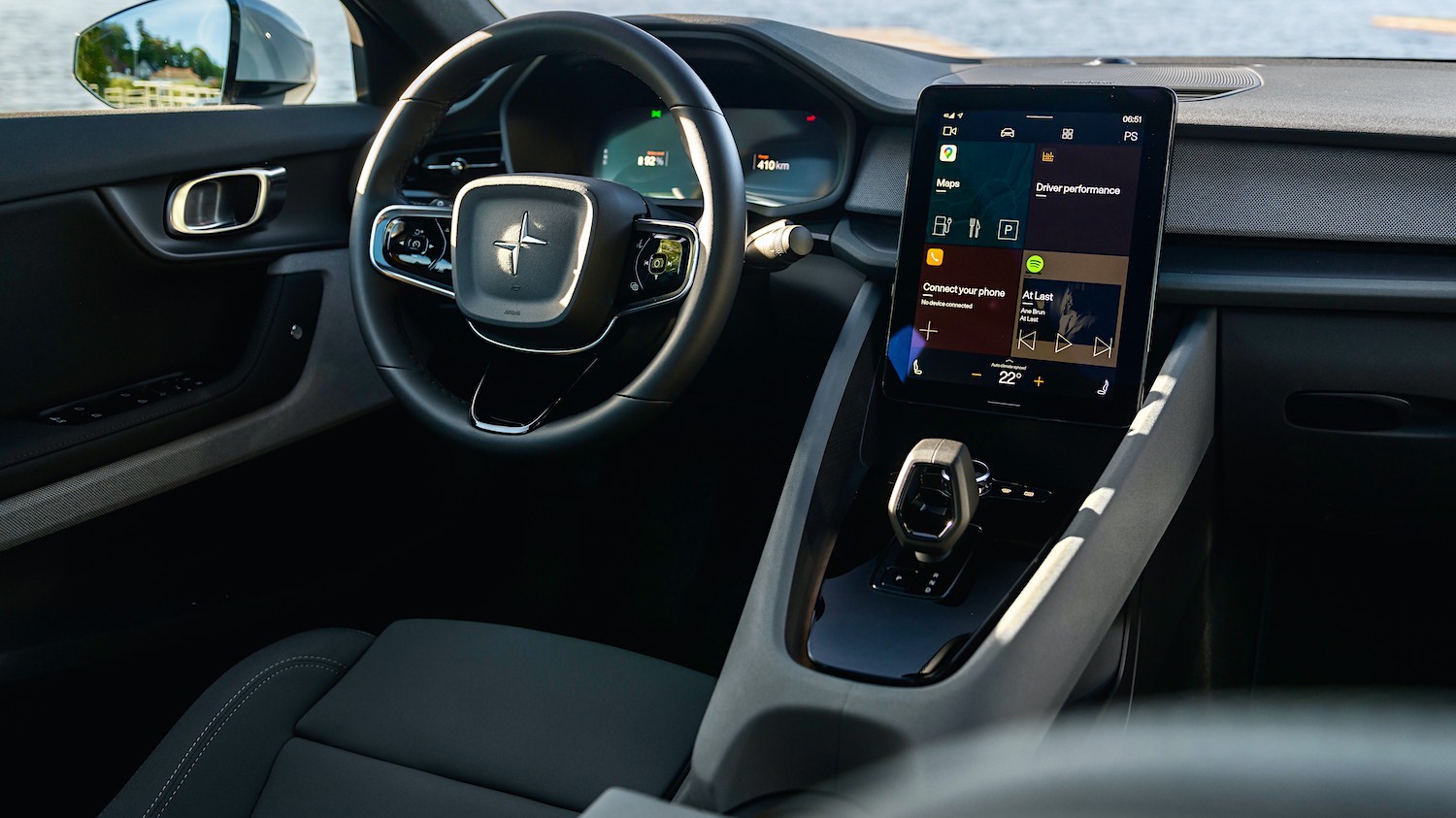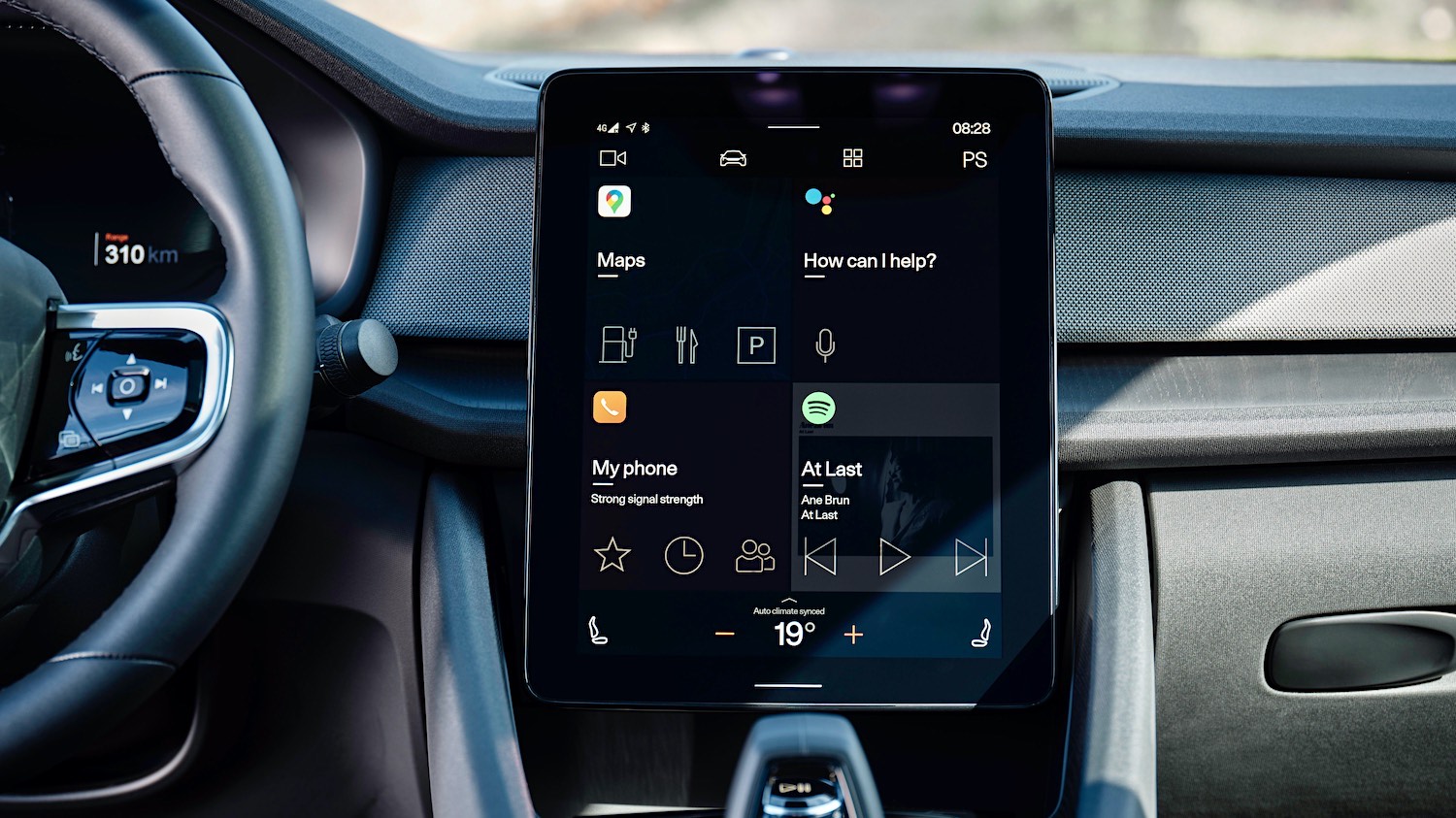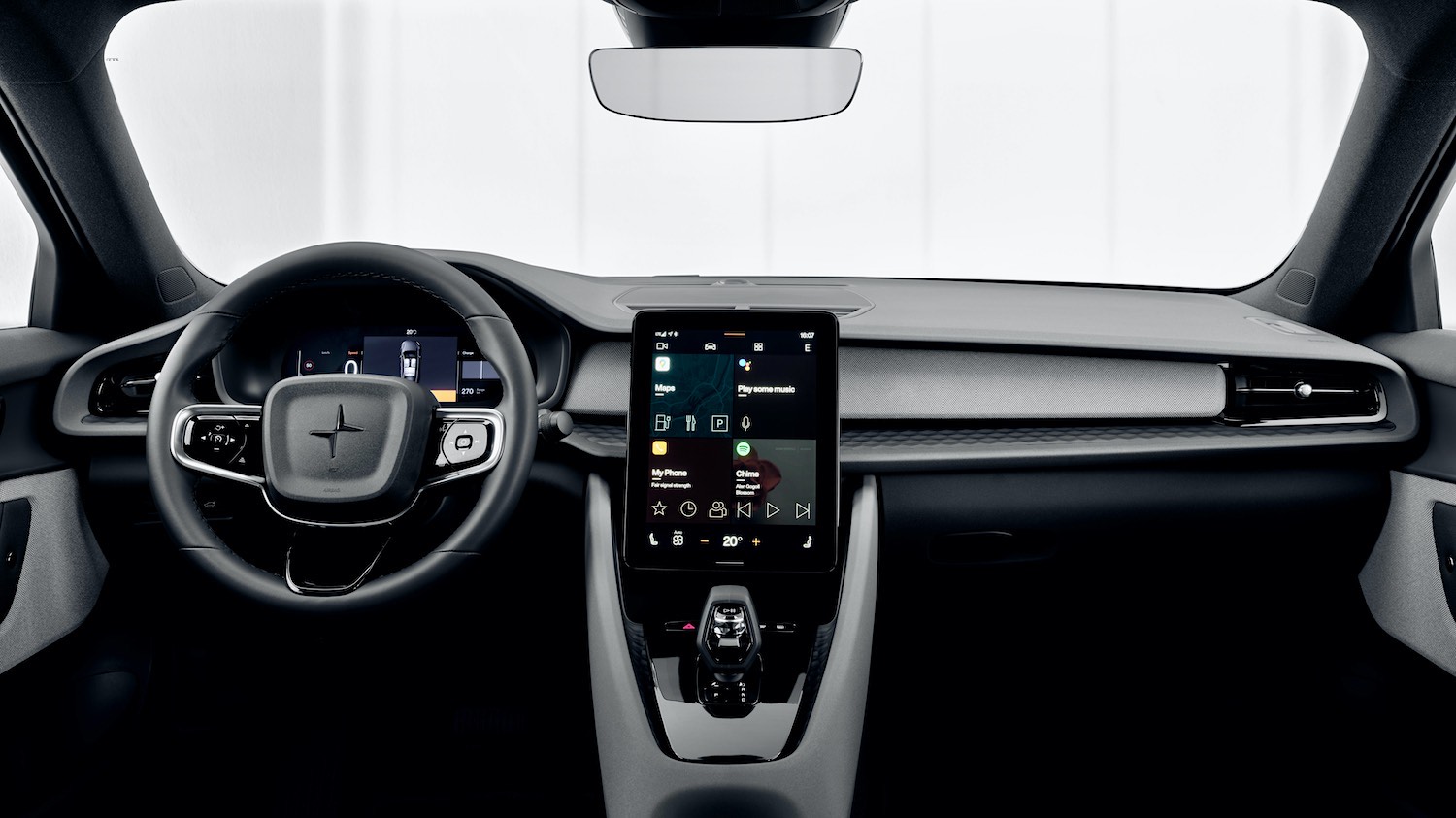Polestar 2 – A New Swedish EV..the initials are the acronym for an electric vehicle. How long before everyone knows this?
Electricity…me: no idea how it works. Faraday was of course a genius. So was Tesla.
I hope that Mister Geely (Polestar’s Chinese owner) doesn’t mind me mentioning Tesla, but then billionaires are, we hope, in the end, magnanimous by nature. Anyway, there’s room right now for plenty more electric cars. And so: Polestar.
Many of us have at least driven an EV. Relatively few own them: right now, about one-in-120 cars are electrics. And anyone contemplating buying one will really need to be researching what to learn about the day-to-day running of such cars.
Inevitably, expressions like ‘range anxiety’ and ‘charging anxiety’ come into the equation: how far can I drive before the batteries give out, and can I easily get to a charging point? And once you get to a plug-in, can you easily pay? Do you need an account? What if it just doesn’t work? All of this is what EV buyers and owners now know all about.
Me? Yes, like all motoring journalists, many EVs have been in my diaries over the years; but the Polestar is the first that I have had to ‘look after’ for more than a few hours. Naturally, therefore, knowing for a few weeks that the car would be on my hands for five days and that it would be covering almost four hundred miles in that period, I was suffering from ‘charging anxiety’ for all that expectancy of time. Not ‘range anxiety’, as the Polestar’s official WLTP combined range is 292 miles. (City range WLTP 348 miles.)
Lots of online research helped a lot and, when the car arrived, I was straight to my nearest ‘rapid’ charging point. This happened to be precisely the type I had hoped for, Instavolt, which proved to be as simple to use and pay for with my debit card. No app needed; no account required. For the record, I have absolutely no commercial relationship with this or any other company.
You can sit in the car and watch the charging rate on the screen in the car, or lock up and go shopping or for a meal or whatever. But, in the interests of writing this, I stayed in the car to watch the progress.
On delivery to me, the battery was 76% charged. On starting the charge, the display estimated that 158 miles were still in range and that it would be one hour and six minutes for a 100% charge. Polestar recommends never to go beyond 90% in order to preserve the overall battery life.
Up to 80% is generally the point at which charging becomes significantly slower and this is what the display revealed. In the end, I went up to 93%, I admit, as the remaining charge-time stayed at thirty minutes from 90% onwards…only a mileage-range increase of twenty miles. In the end, in a total time of 31 minutes, 21% more charge resulted in a range increase from 158 to 240 miles, at the cost of £5.76. Shortly after I drove off, the indicated range went up to 250 miles.
I drove the Polestar a couple of times totalling about ten miles locally. Then I set off on a 185-mile journey. This would be the acid test of how an EV with 240 miles still available would perform.
Simply as a driving machine, the car is excellent. £50,900 gets you pretty much everything a driver and passenger(s) might want, starting with comfort. The near-silence is uncanny at low speeds, with only a pleasant hum audible. At higher speeds, noise levels rise a little, equating to the impressive quietness now experienced in any up-market petrol or diesel car.
The de-misting on very wet days worked instantly. The Cruise Control button on the steering wheel is a model for all designers to follow (Cruise Control is both adaptive and conventional). Little things like this reinforce the overall very good feelings about the Polestar. And I would add the fact that the seat upholstery is Vegan friendly.
The Polestar 2 offers varying steering-weighting modes and a ‘creep’ facility such as might be found in conventional automatics; this can be switched on or off, according to what the driver feels comfortable with.
The instruments are headed by the charge/range/speed display. This is where my long drive became interesting…and a touch anxiousness-provoking. The fundamental question was: would I reach my destination without having to stop? Theoretically, yes, having started with a displayed range 65 miles more than my journey. Out on the motorway, averaging 70 mph, about forty miles into the journey, I asked the car (which has a good voice control system) to navigate me to my journey’s end. No problem: up comes the map on the iPad-sized central console screen. BUT…there’s a minor detail also displayed there that says there will be only 3% battery left. Alarm bells ring and I enter another Instavolt point, forty miles nearer, that says there’ll be 16% at that point. Then, as my drive continues, I check the original 3% prediction and find that it gradually rises to 11% so that I feel safe to carry on as originally planned. Finally, with some long downhill stretches contributing to the regenerative braking, the car arrives with my 185 miles added to the total and the display now revealing 16% charge still available.
By the way, I kept the car in ‘one pedal mode’ and did not once need to use the brake pedal on the whole journey; the brake lights continue to light up appropriately. The only time the car actually braked was when it reckoned I was going to reverse into a low shrub; it gave me quite a surprise, after which there was a message in the display telling me what had happened — as if I didn’t know!
We live and learn: EV owners particularly so.
A not-untypical scenario followed as I planned my return 185 miles home — planned because that’s what you have to do with EVs. Fortunately, only a few hundred yards from my away-base was another, but single, Instavolt point. Another car was already charging up and there was no way of knowing for how long, although in some vehicles, you can peer in and see the charging display. I went back an hour later and, much relief, the point was available.
The Polestar was charged from 16% to 90% in one hour and sixteen minutes at a cost of £20.93; 290 miles was the range displayed. So, for the next day, I therefore had a relaxed drive back to look forward to. And, apart from a horrendous jam from the M5 to the M4, it was, even though, setting off, that apparently-290 miles had immediately reduced to 250.
Of course, none of the worries about charging and range was the fault of the car. In any car, the range displayed can vary depending on the driving style, traffic conditions and the use of lights, wipers, air-conditioning and so on.
As a practical and sophisticated family car, this one scored high points. Two adults and a child in the back all said they were very comfortable (and were in near-hysterics at the funfair-ride g-force acceleration from zero!). More important is the same instant torque at any speed.
The boot is three ways adaptable, with a very usable space under the floor and a hinged lift-up divider to separate loads. Folding the rear seats forward takes a mere instant and gives an impressively sized flat floor.
The whole car appeared to be beautifully finished, but one fault manifested itself: the 360-degree camera system failed. Although the sound alarm remained, this seems to be an issue, as discussed on a Polestar forum.
The Polestar 2 turned heads. Quite a few passengers in cars that passed by on the motorway were interested to see what this different car was, while one man walking past the car when it was parked stopped to remark on that ‘really beautiful’ car.
Given the proper charging infrastructure that the U.K. is crying out for, here’s one EV that has plenty to offer. My total expenditure at Instavolt points was around £33 for a range of, let’s say, 640 miles. That’s about half the cost of filling up a comparable petrol car. Of course, there are cheaper places, like overnight charging at home. It’s that learning curve again.
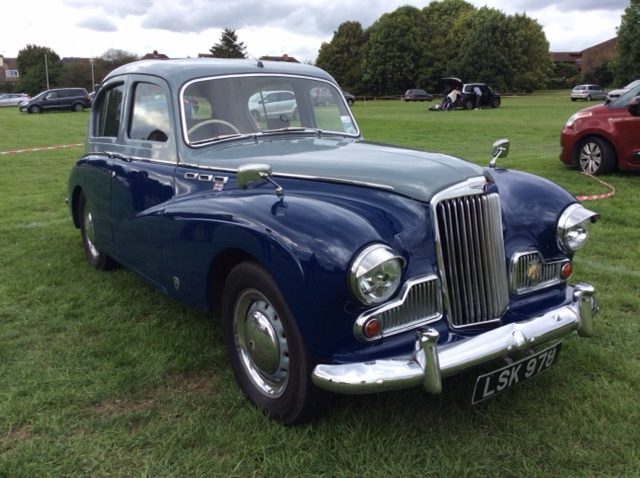
Tom Scanlan
Motoring Journalist
Tom Scanlan has written for a wide variety of magazines and newspapers, particularly the Reading Evening Post for ten years, having got into motoring journalism in 1973 via the somewhat unlikely back door of the British Forces Broadcasting Service. BFBS produced a weekly radio motoring show for the services overseas and Tom produced it, as well as interviewing experts and eventually reporting on cars.
He is into classic cars and has owned Porsche, Ferrari, pre-war Alvis and Rileys and currently owns his fifth old Alfa Romeo, a 1984 GTV 2.0.
In his spare time, Tom is a professional cricket coach.
What the others say on YouTube
A selection of the latest video reviews of this car….Just click to watch on this page.
Recent Electric Car Reviews
The latest cars, suvs and crossovers reviewed by our experienced journalists.
Mazda MX-30 R-EV 170 ps Makoto Reviewed
Stand out from the crowd with the intriguing Mazda MX-30 R-EV 170 ps, that’s now become better value Car Reviewed: Mazda MX-30 R-EV 170 ps MAKOTO SUVs these days seem much of a muchness, at a glance. You see so many around they tend to become a bit of a blur after a while. Spoiler…
Kia EV9 ‘Air’ redefines eco-friendly luxury
KIA has turned the corner into a new market segment with its EV9 pure electric model Car Reviewed: Kia EV9 ‘Air’ Rwd 7-seats The EV9 seven-seater launches in three trim levels and an additional range-topping six-seat option from £65,025 to £78,775 in rear-wheel drive or all-wheel-drive configurations depending on trim with 200bhp single or 378bhp…
Polestar 2 Performance Pack – Almost nailed it
The Polestar 2, performance-focused EVs can be great fun Car Reviewed: Polestar 2 Performance Pack Thanks to low-positioned batteries, handling is tight, with nearly enough twist to knock the world off its axis, and oomph that makes your passengers scream. What’s not to love? Having never driven a Polestar 2, climbing into the driving seat…
Read our review Polestar 2 Performance Pack – Almost nailed it
